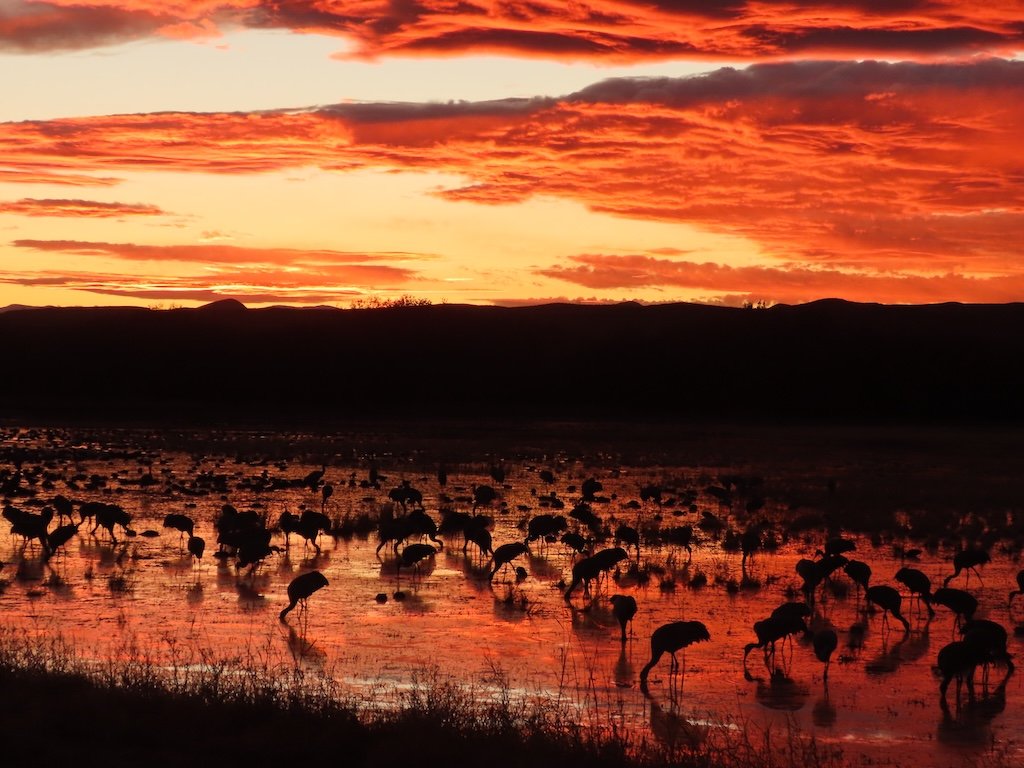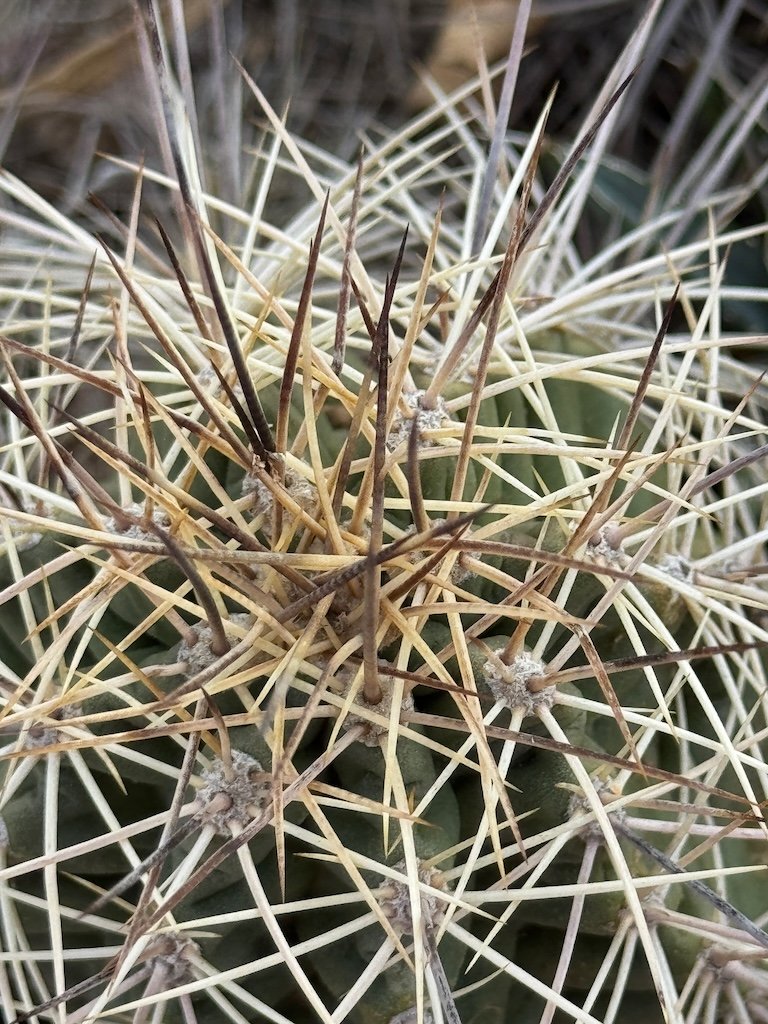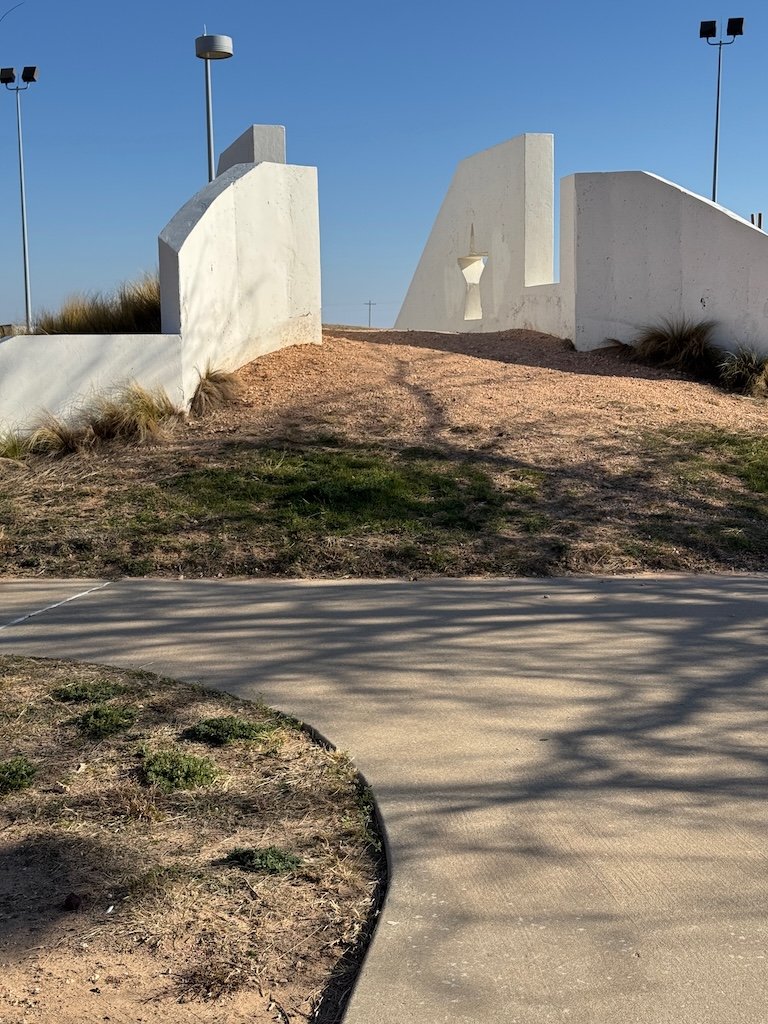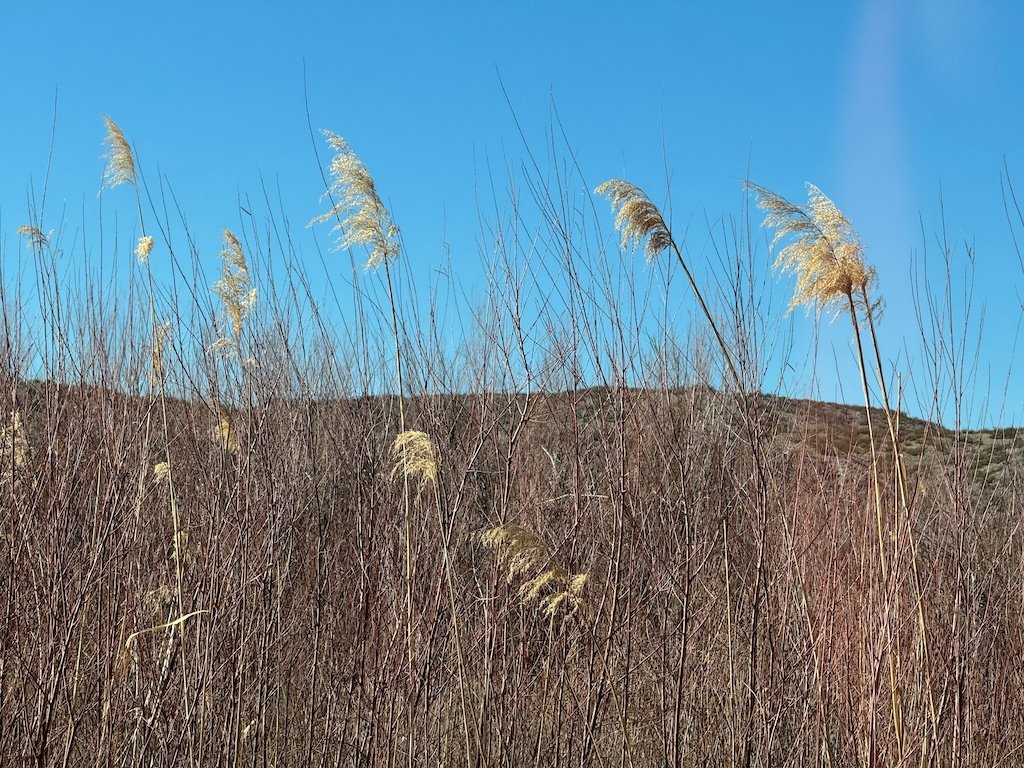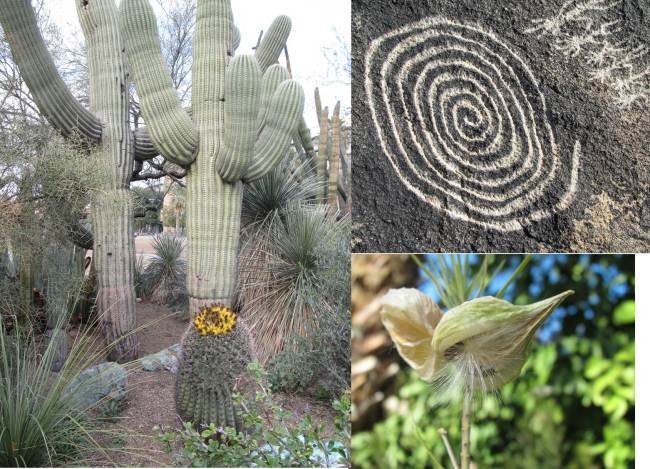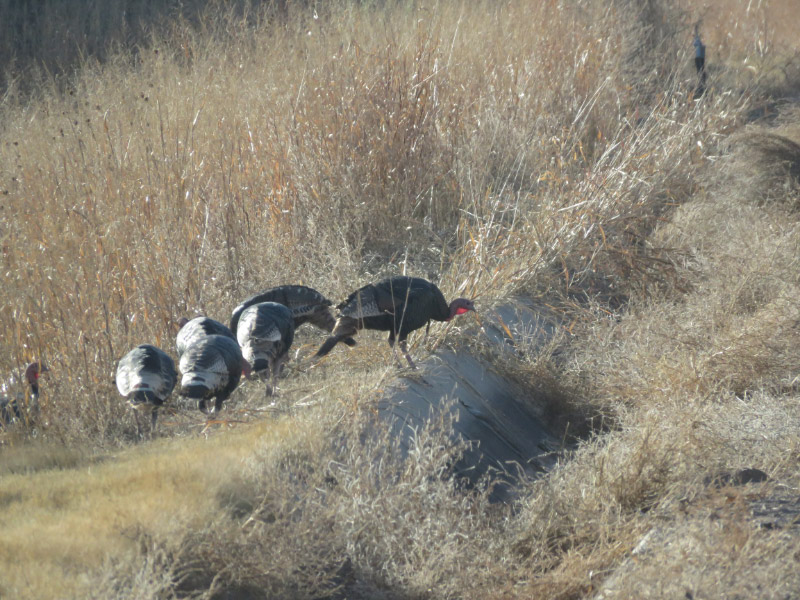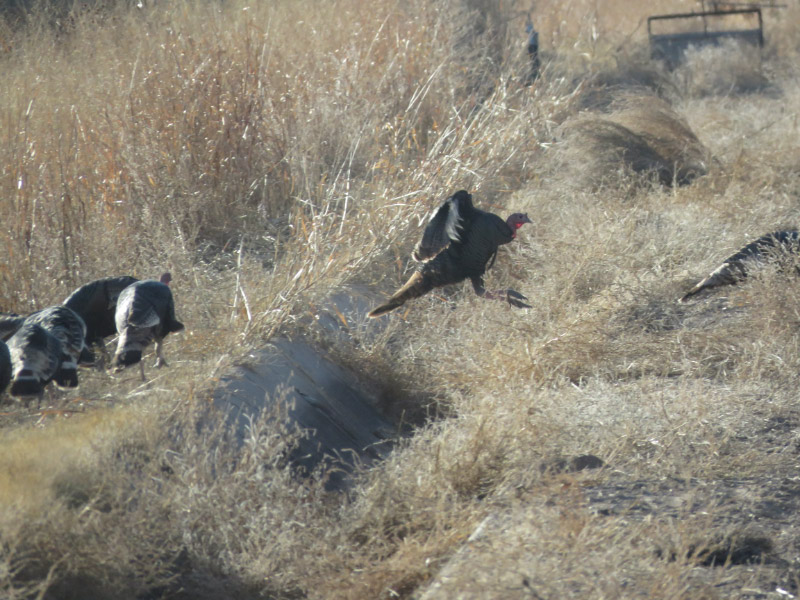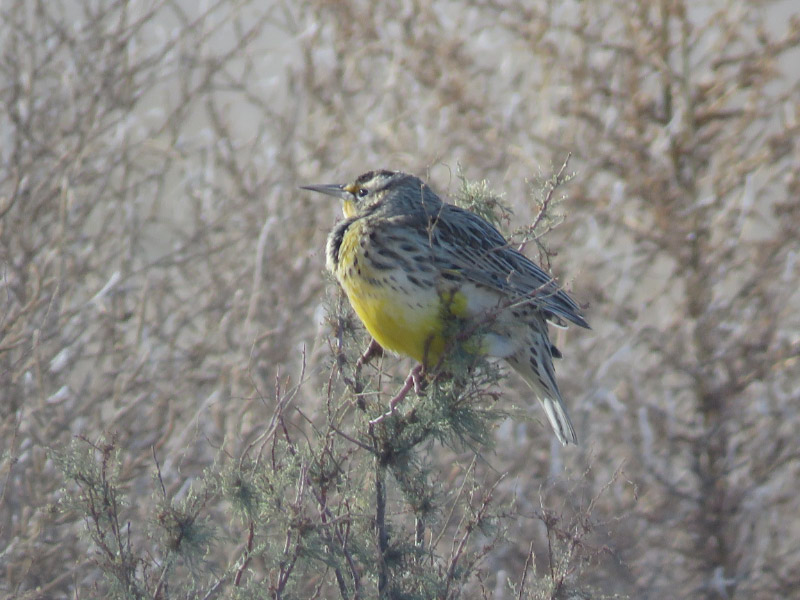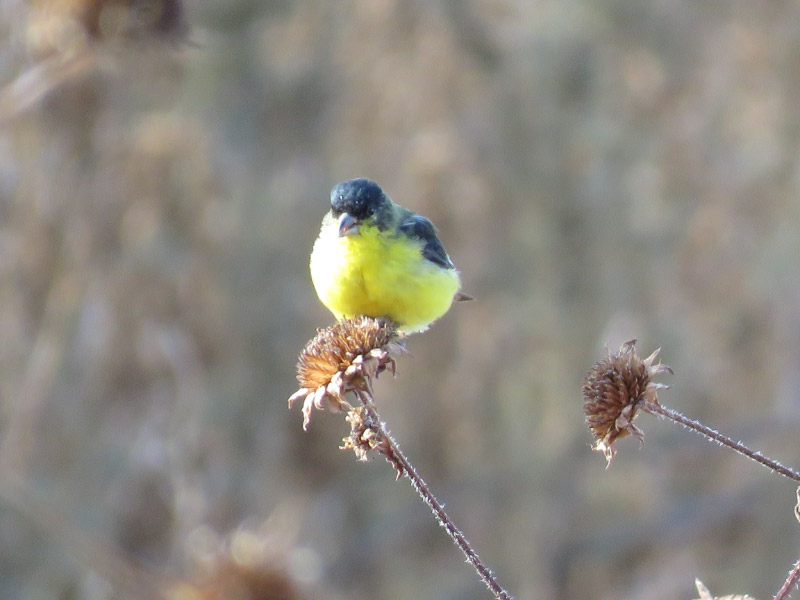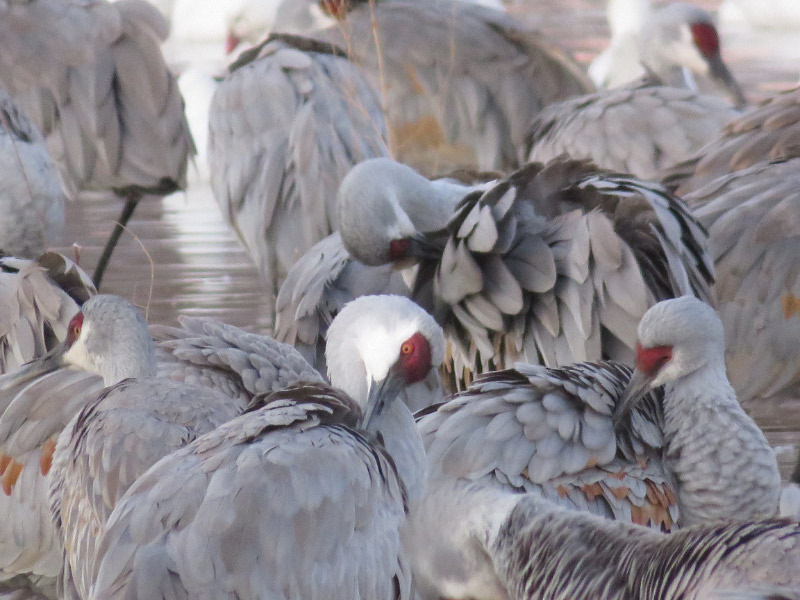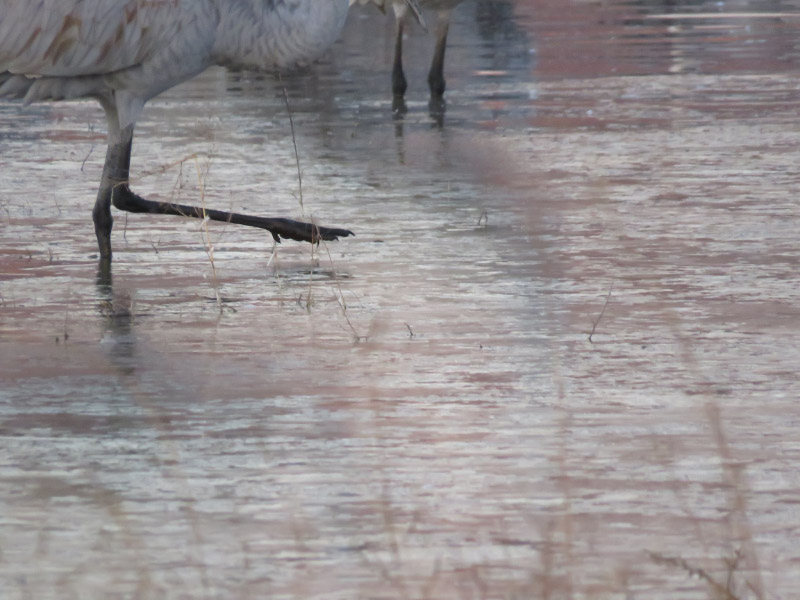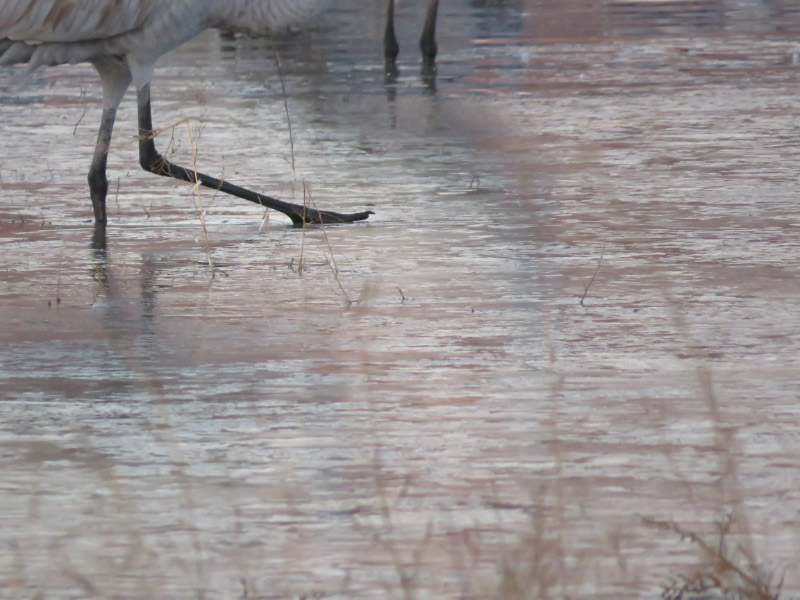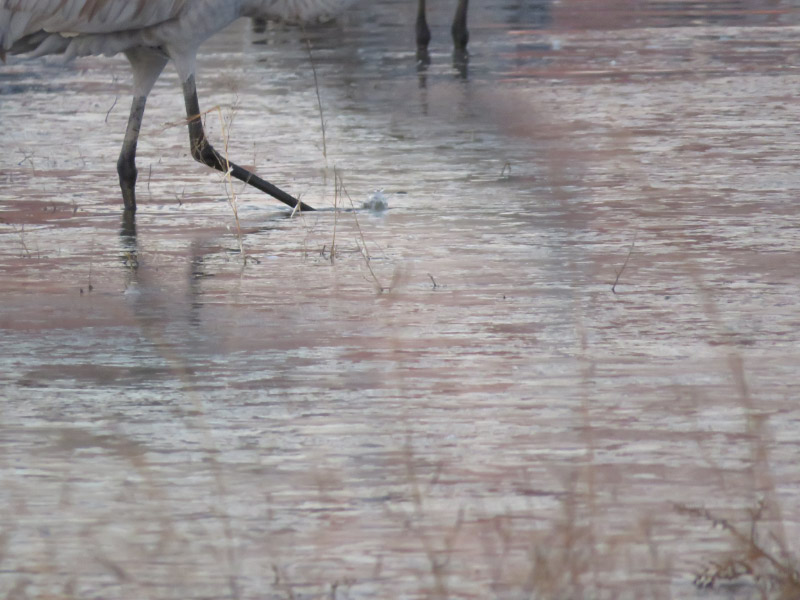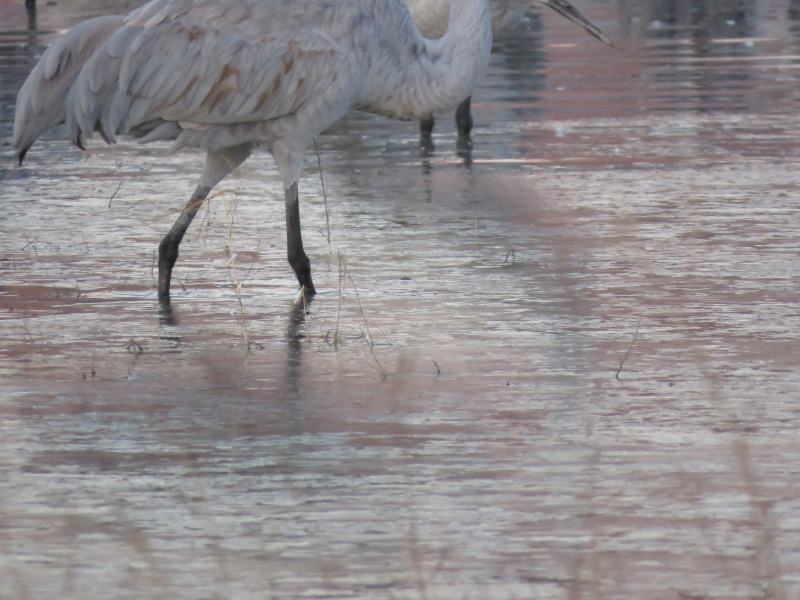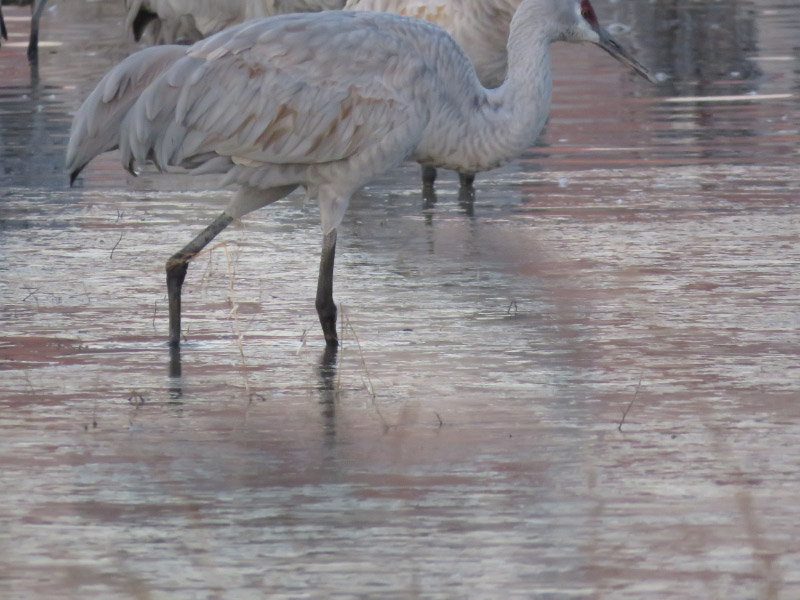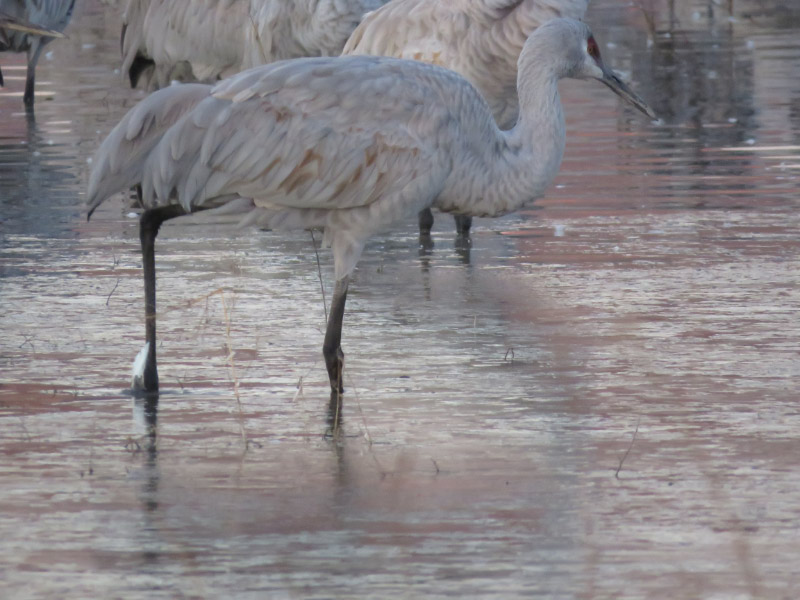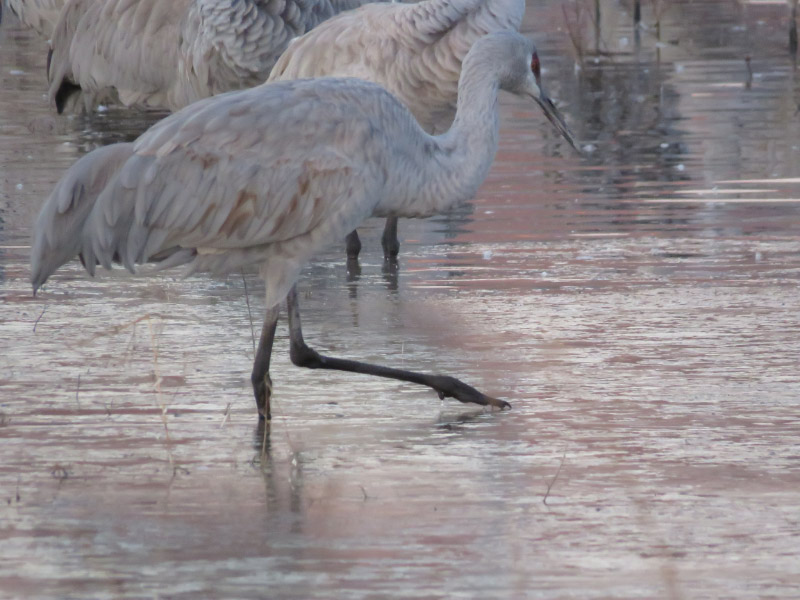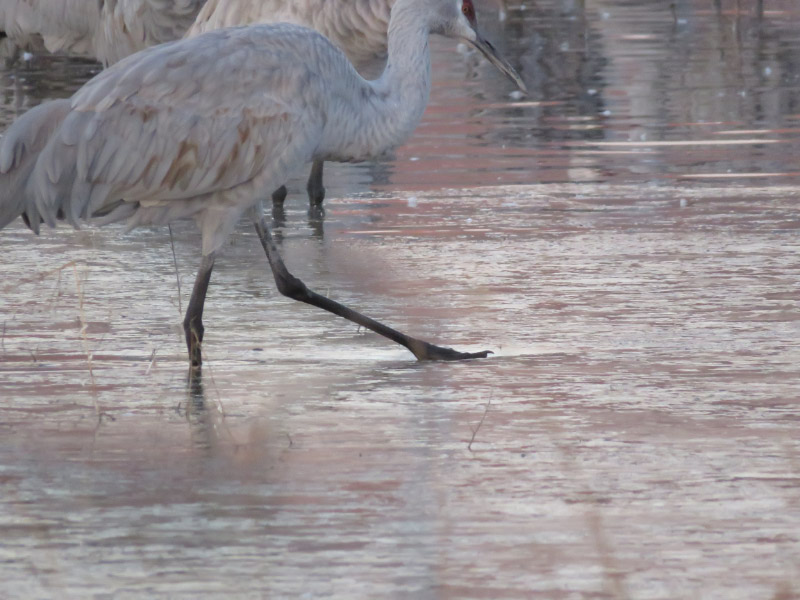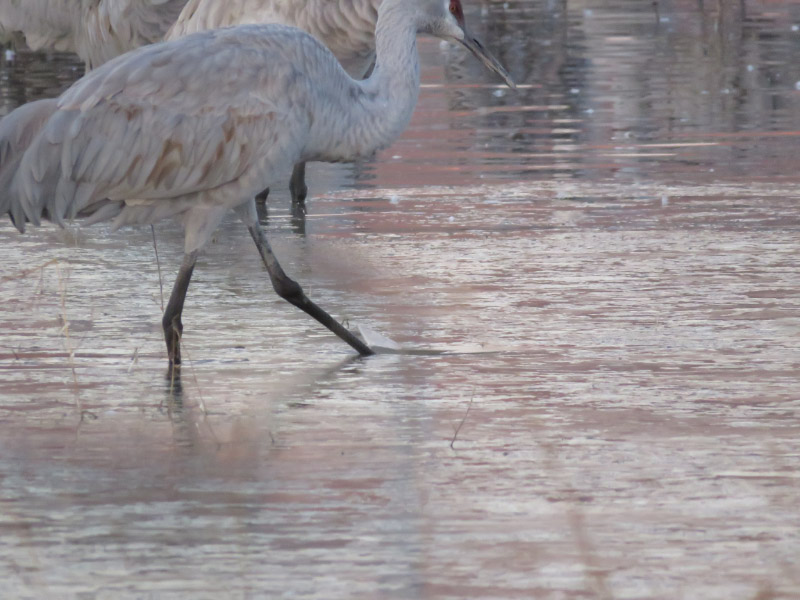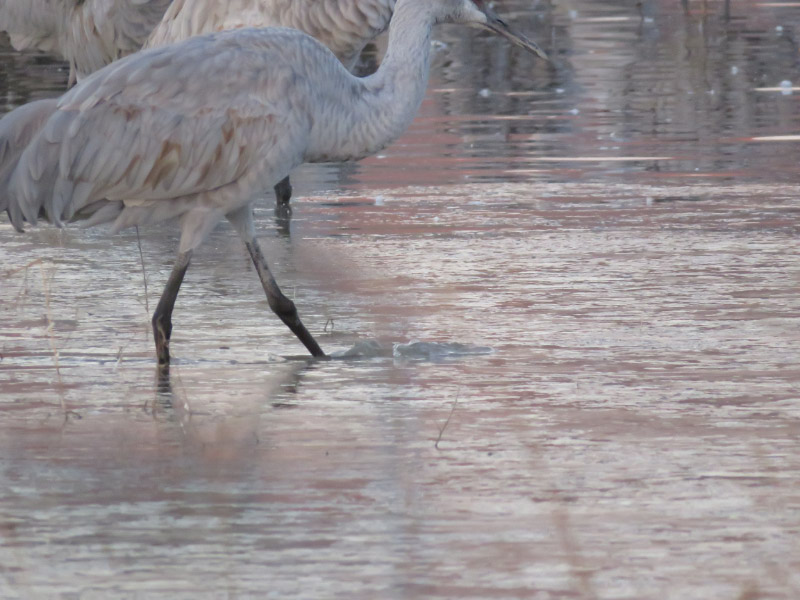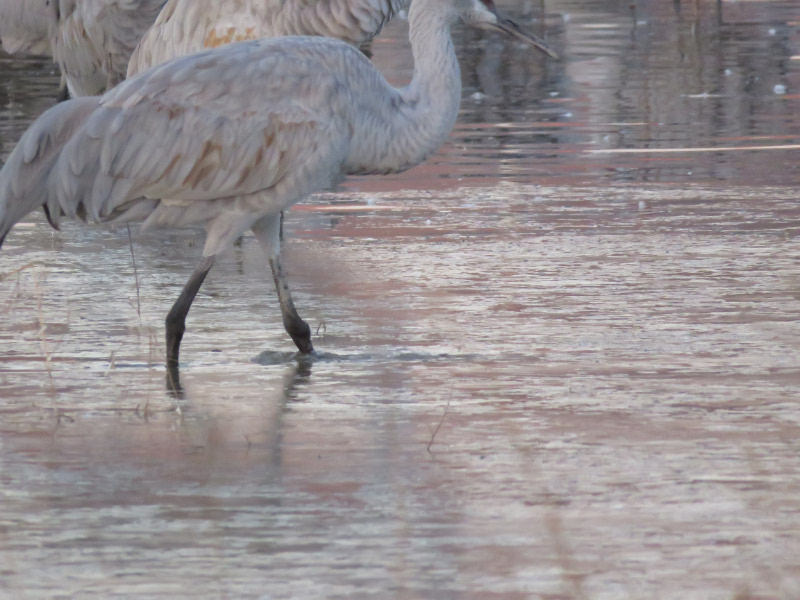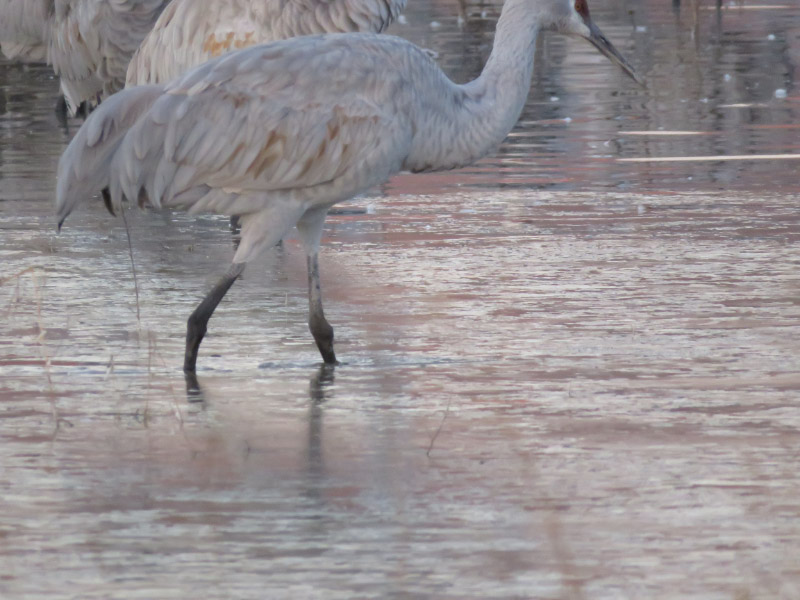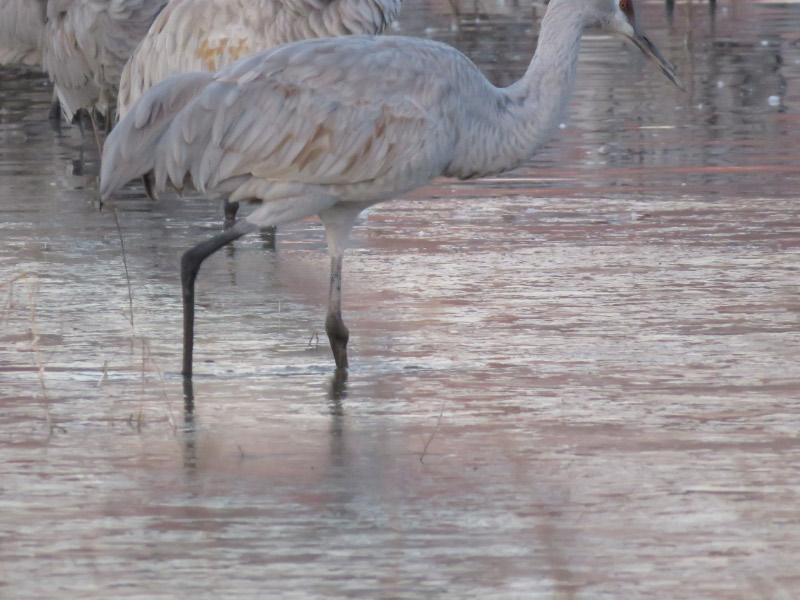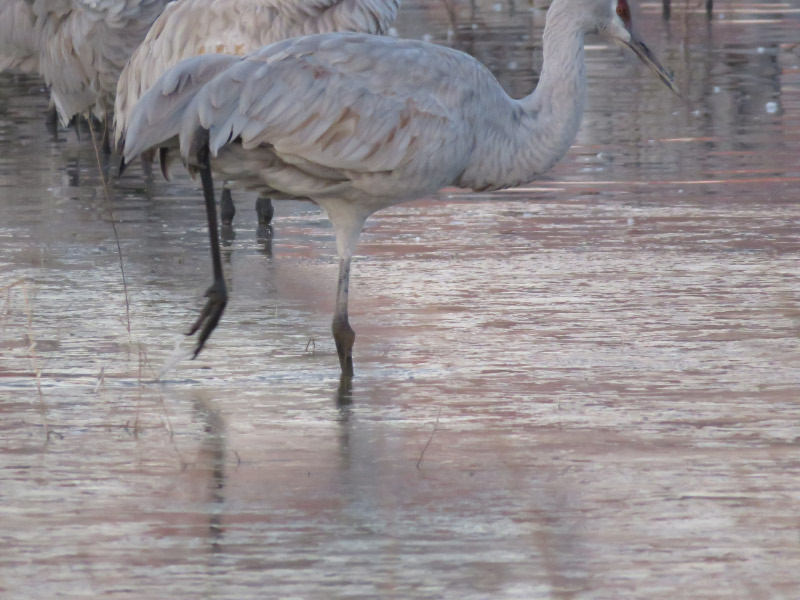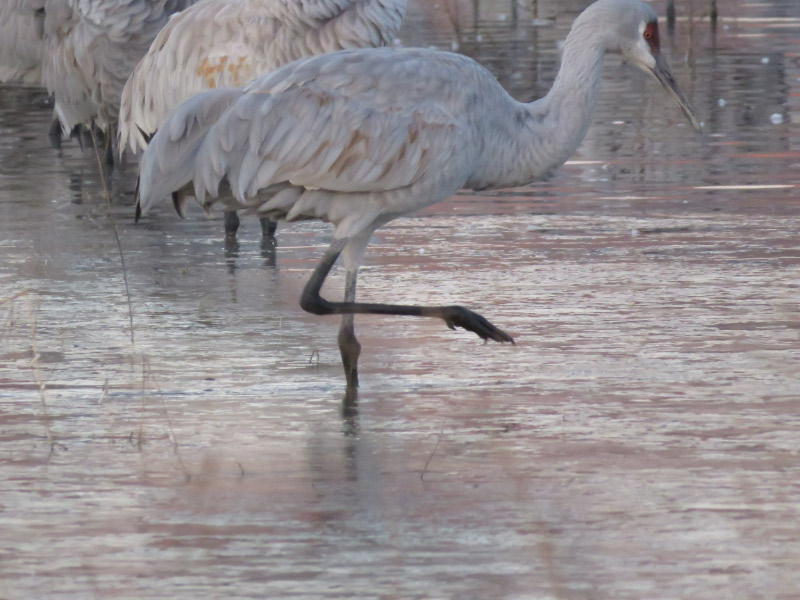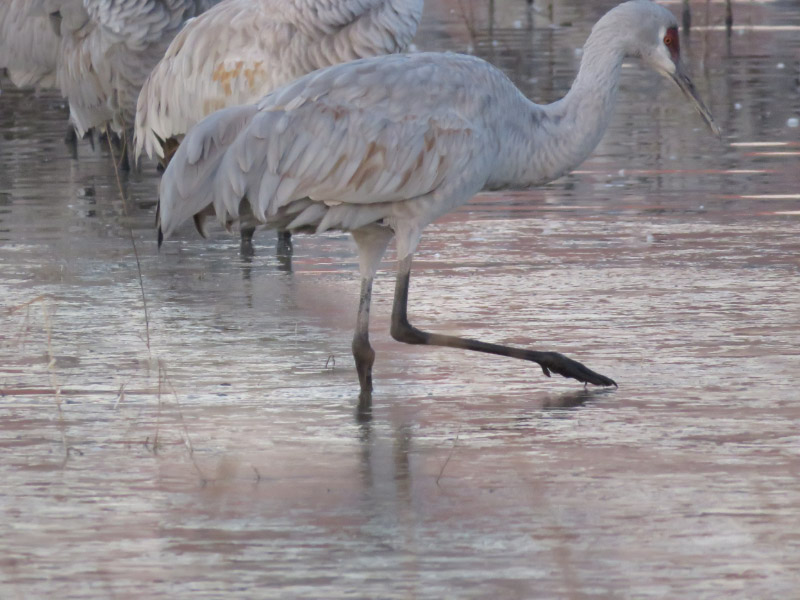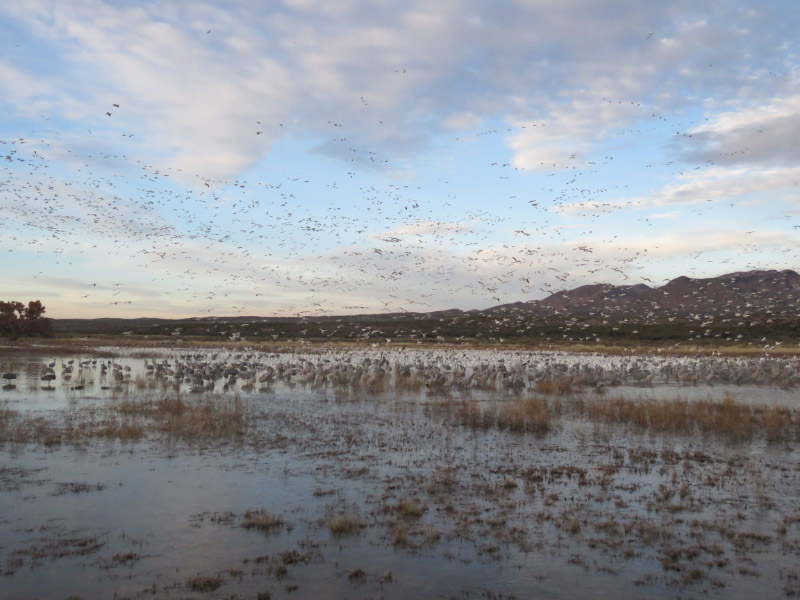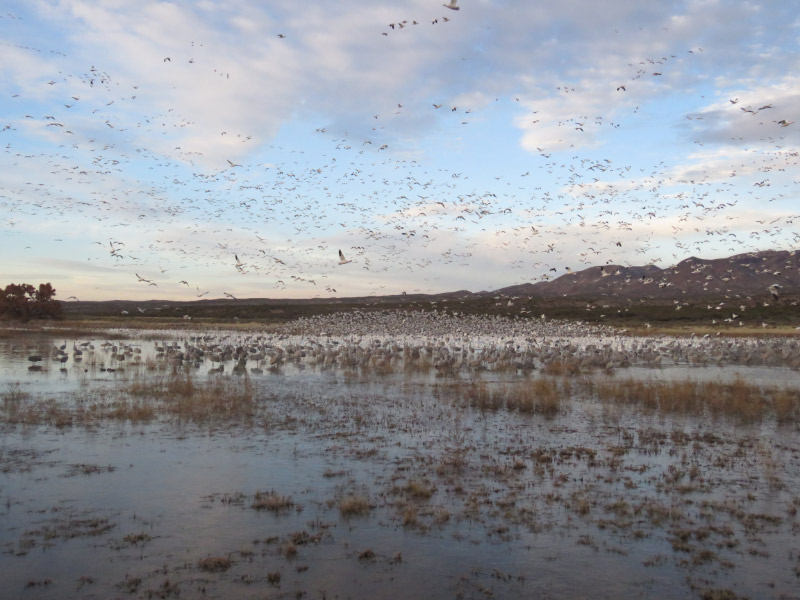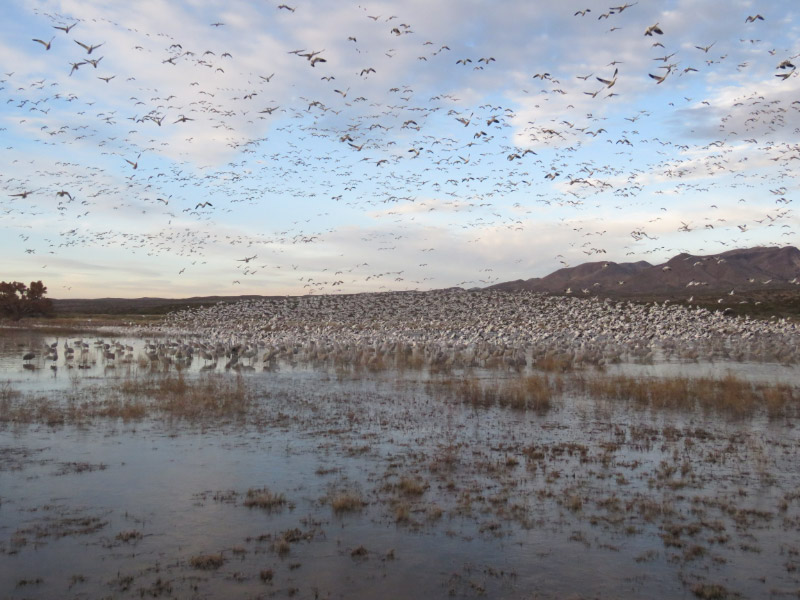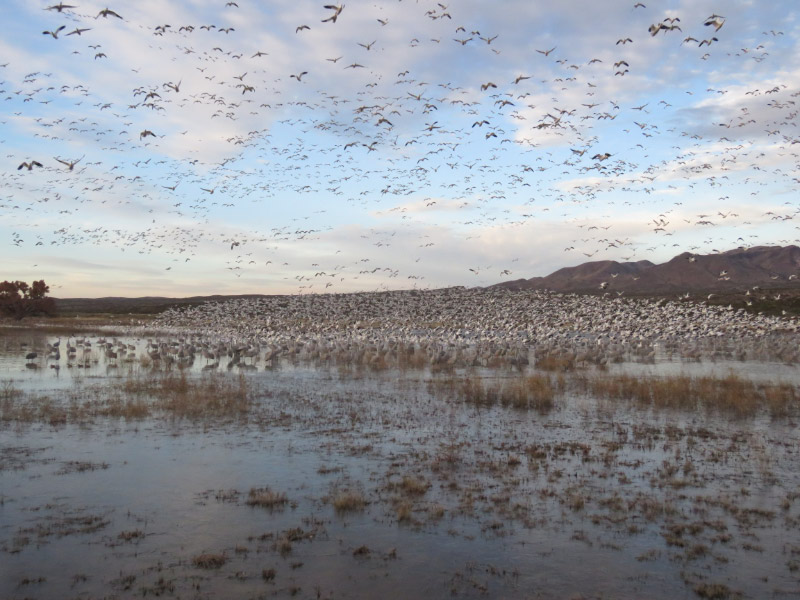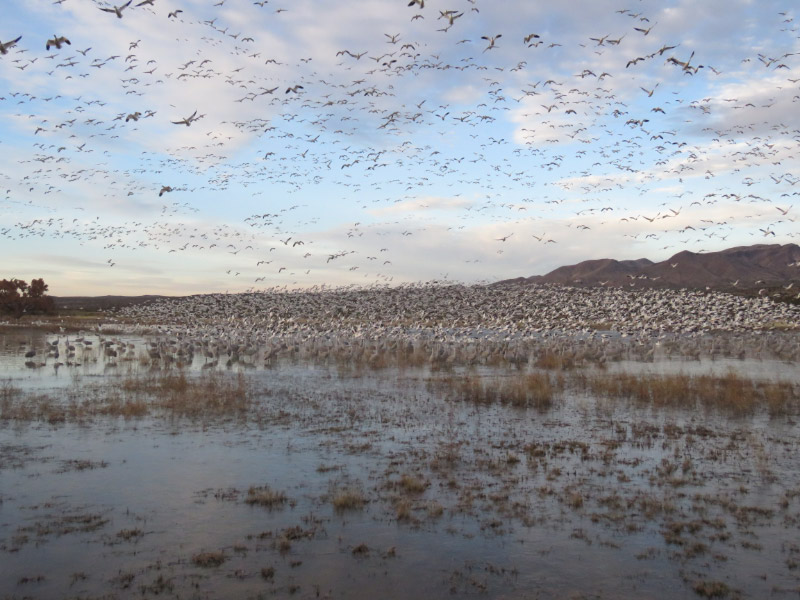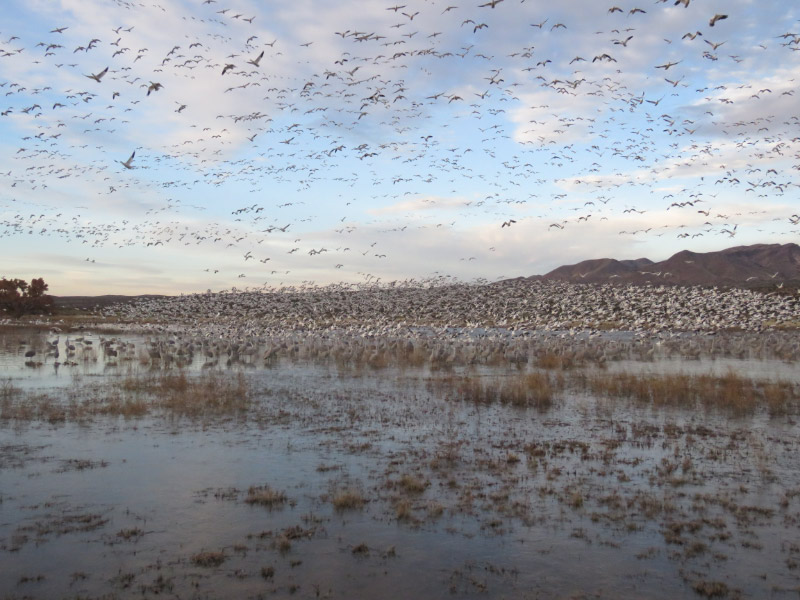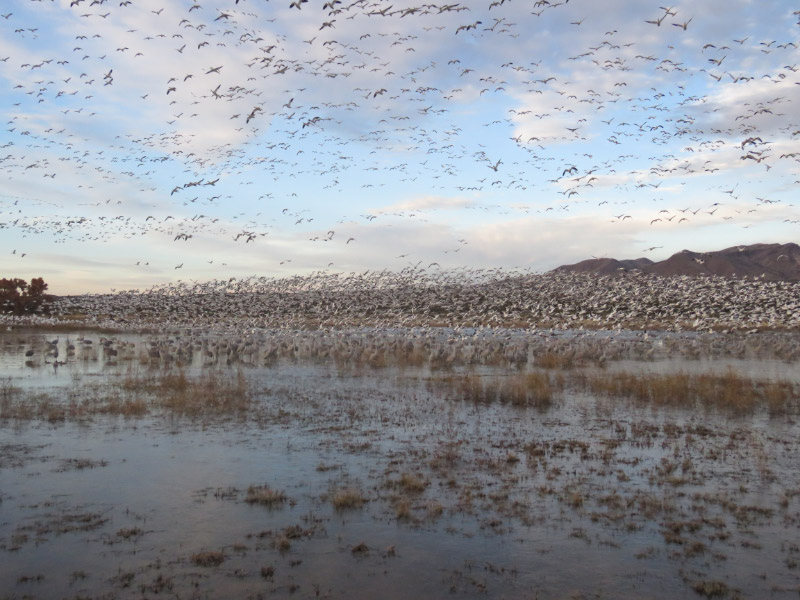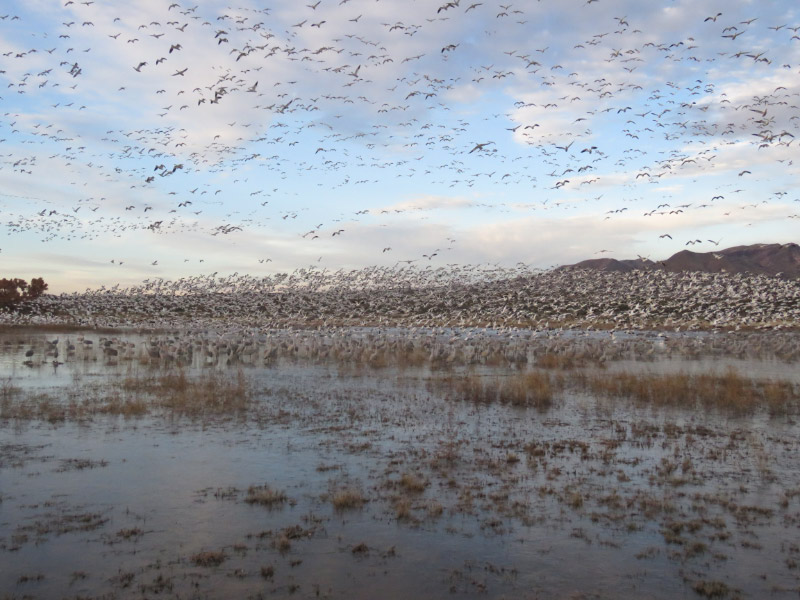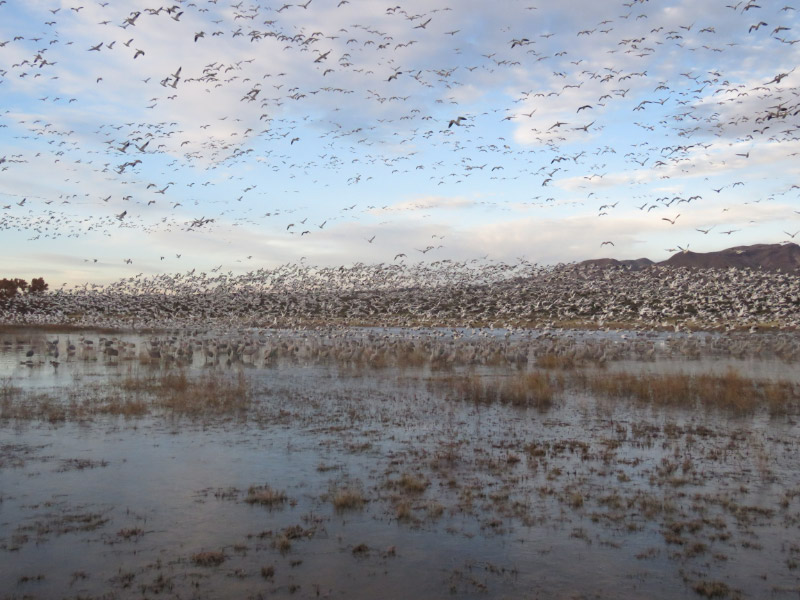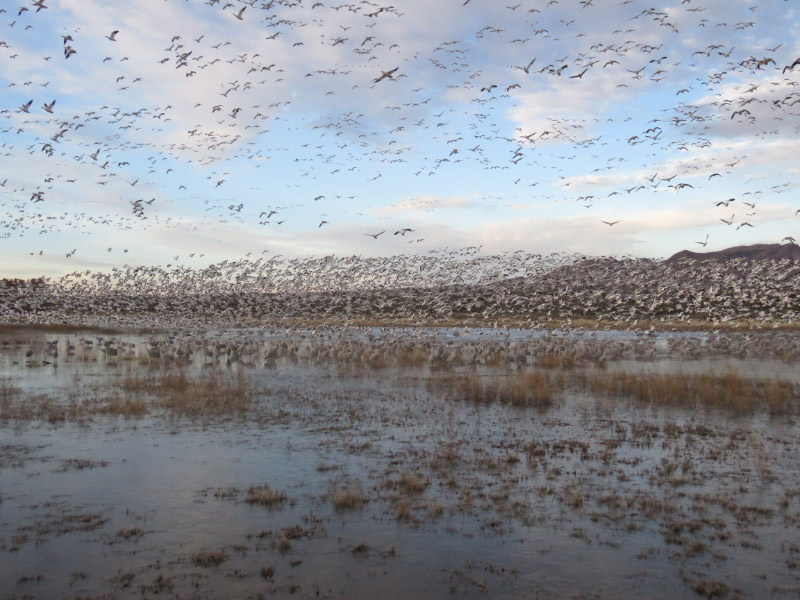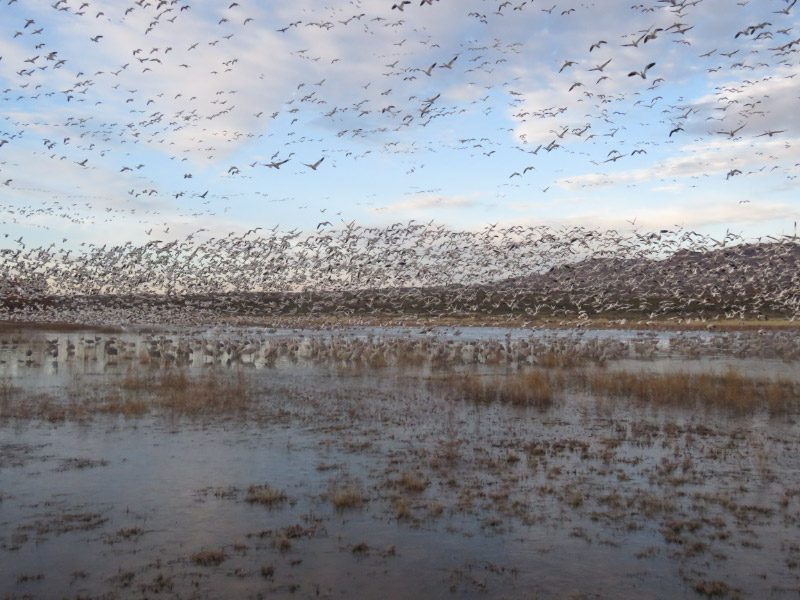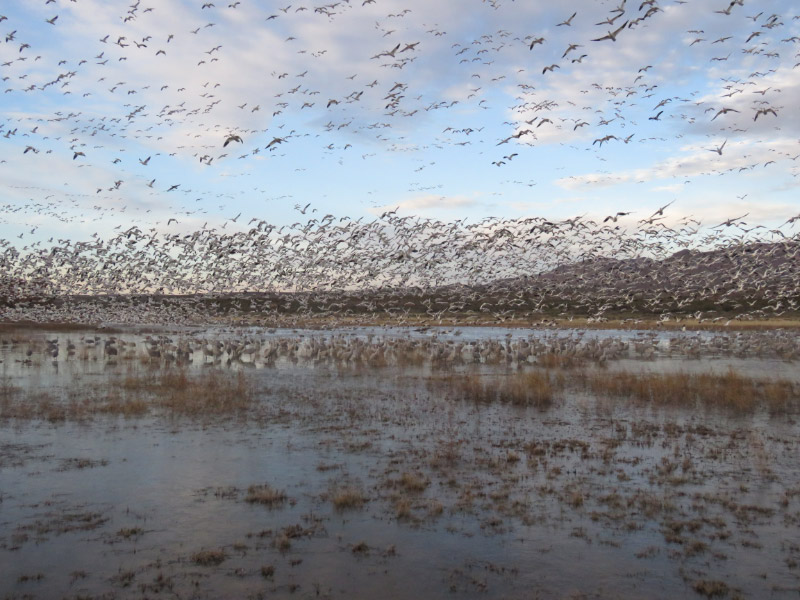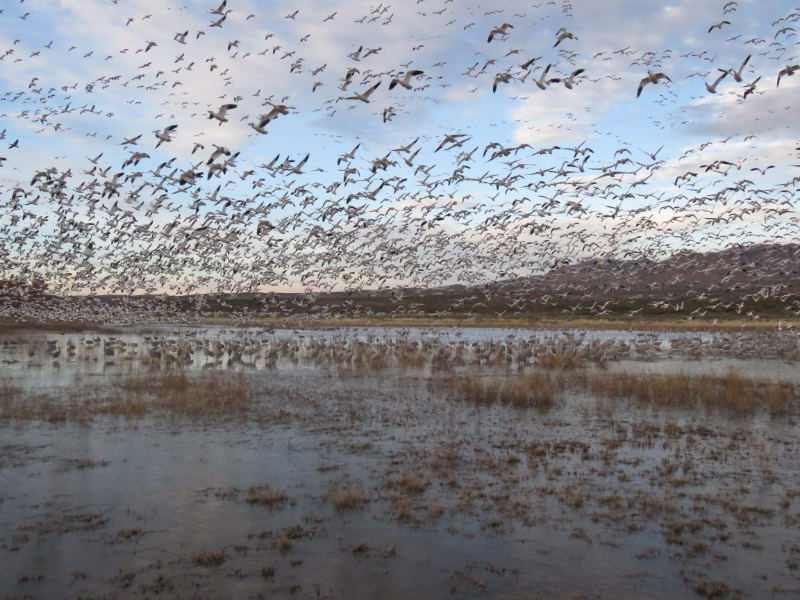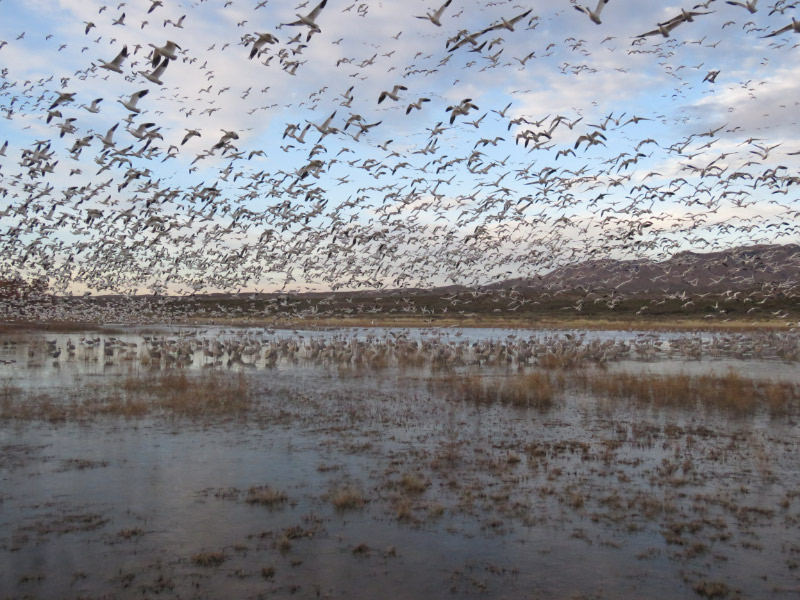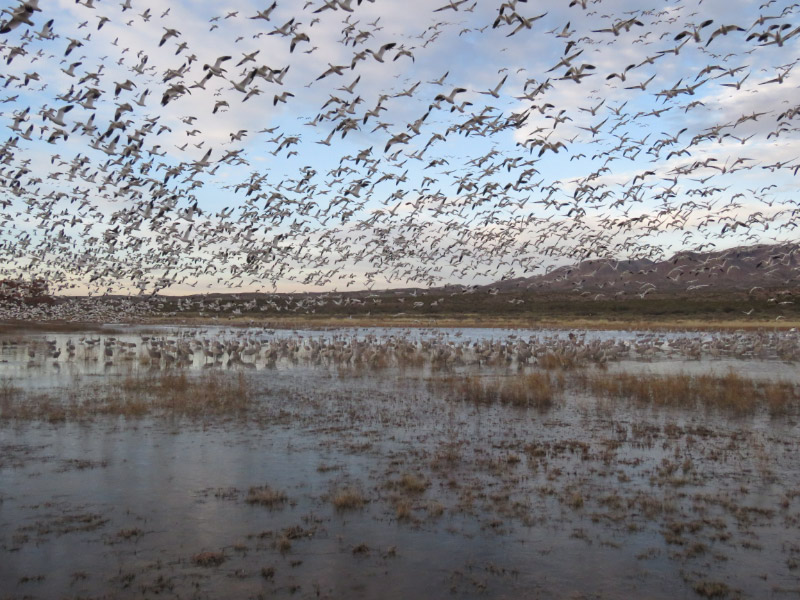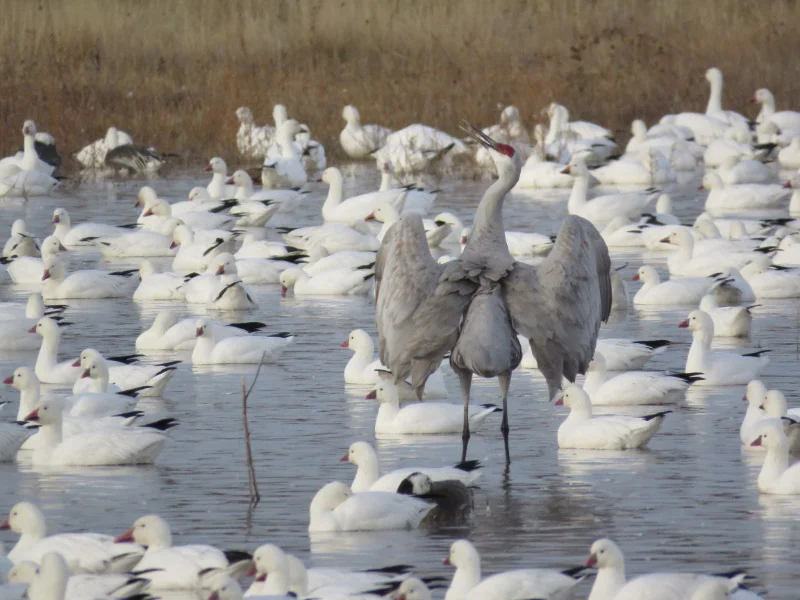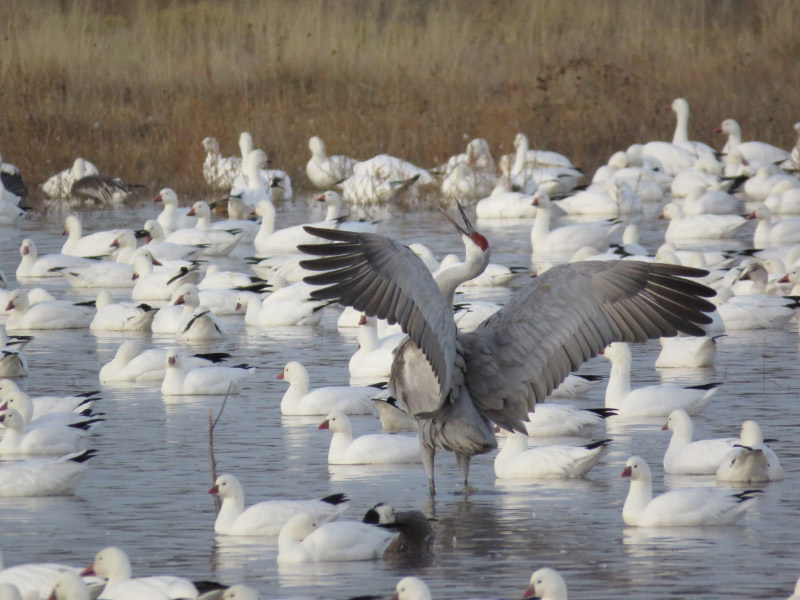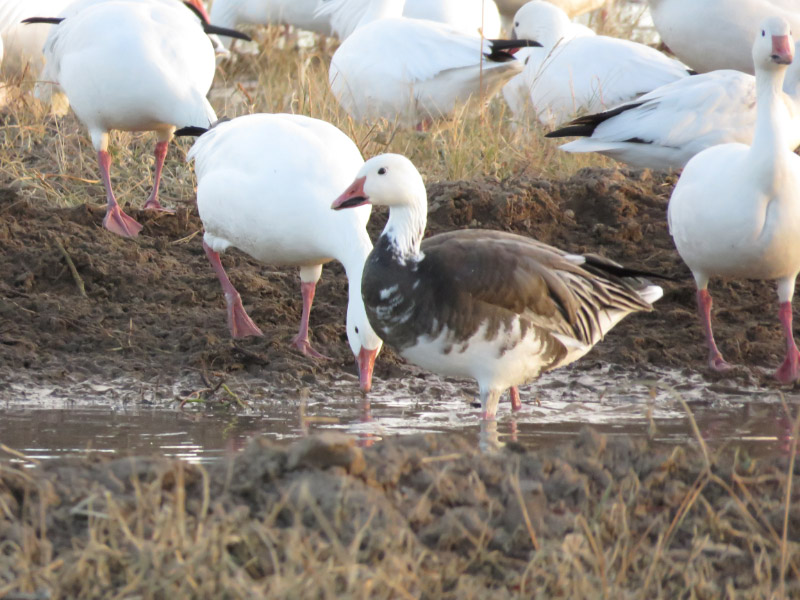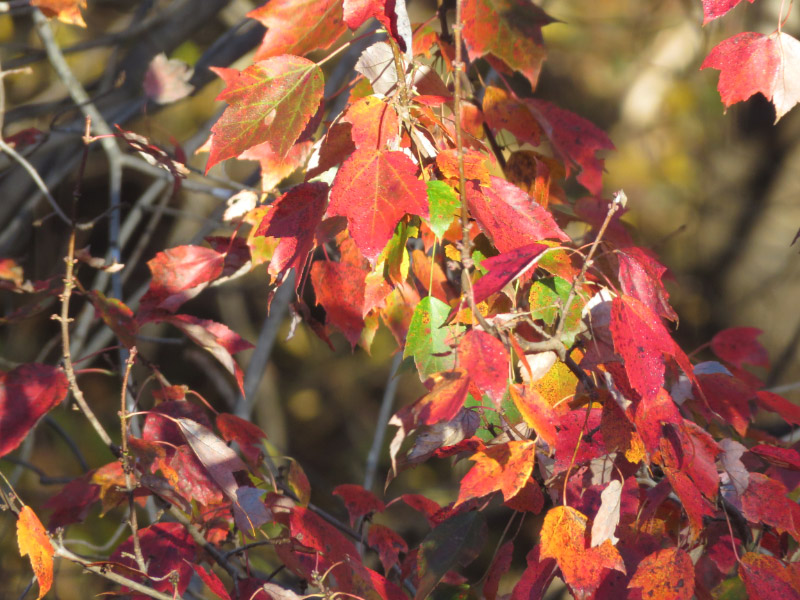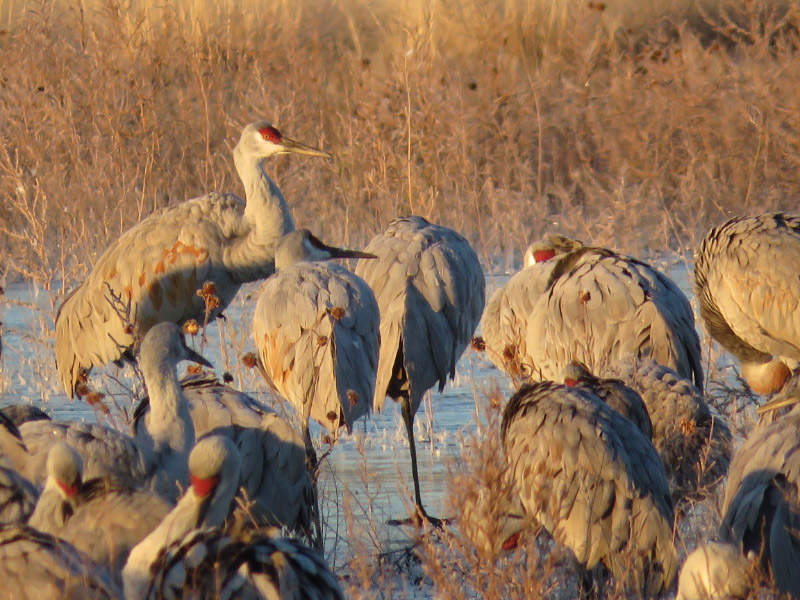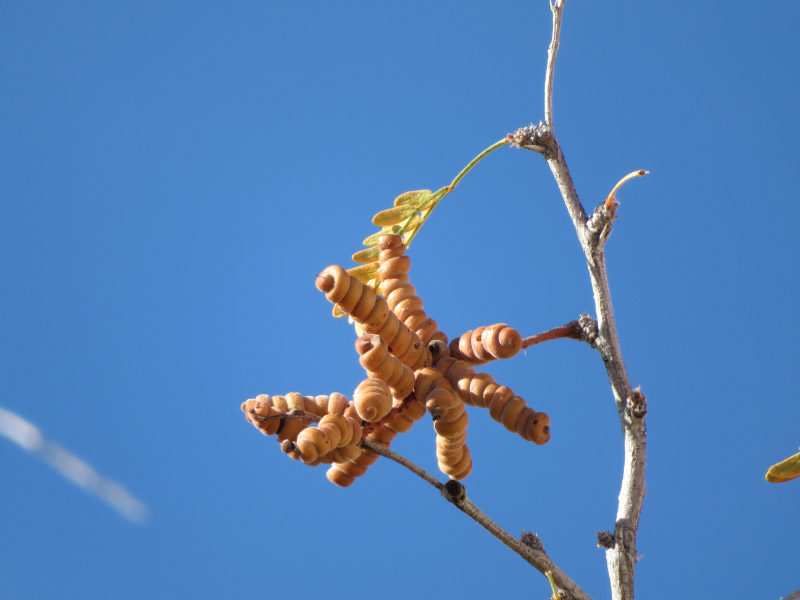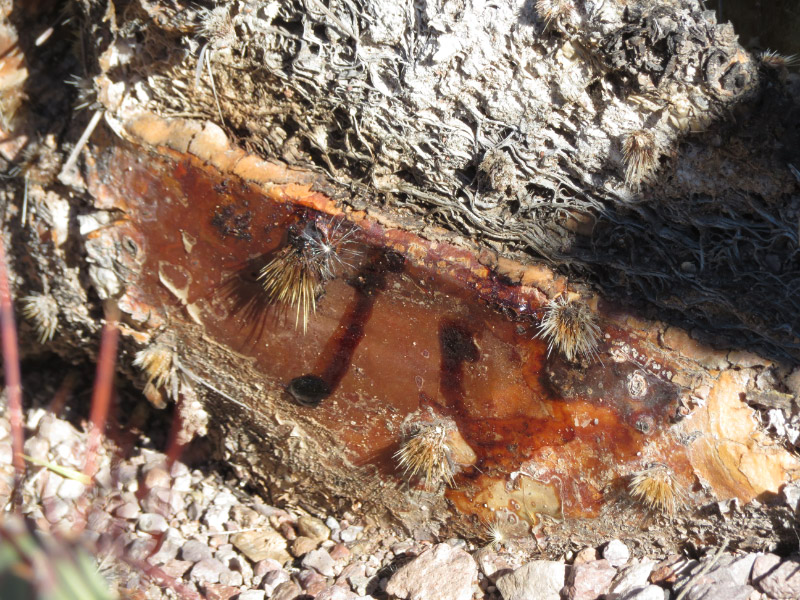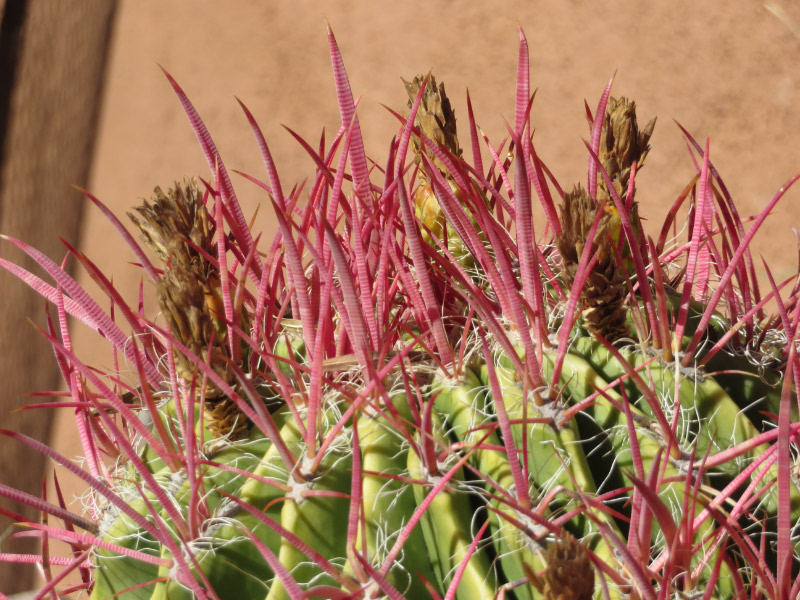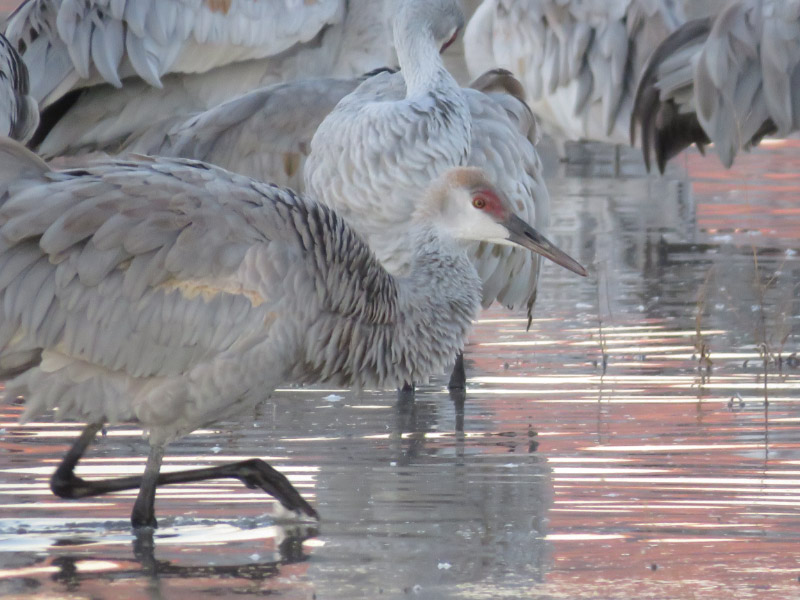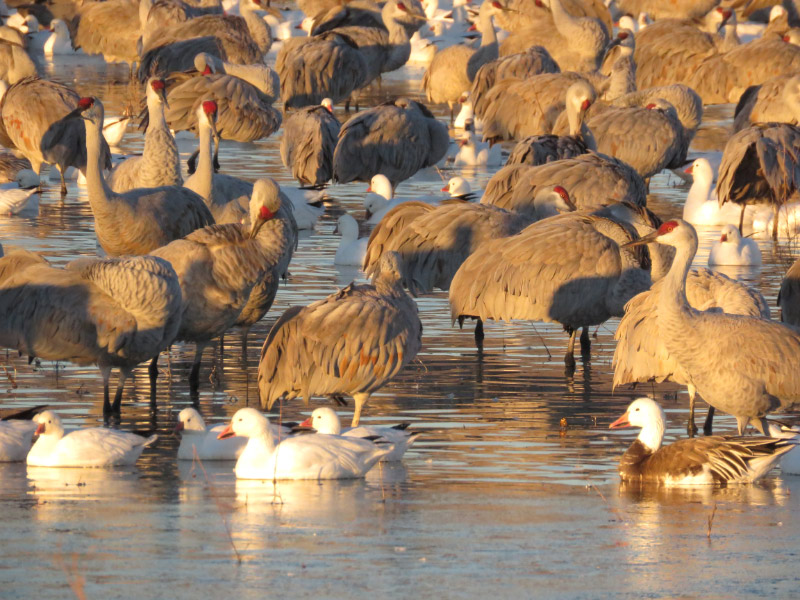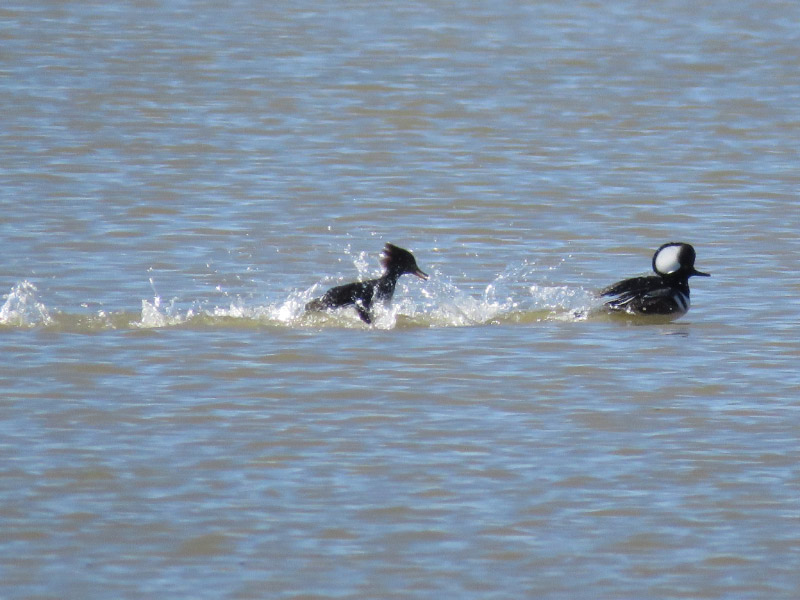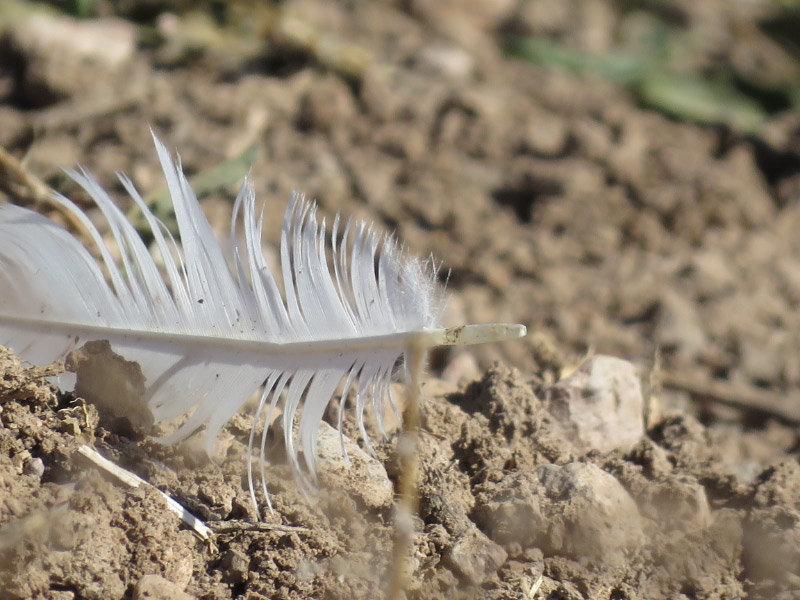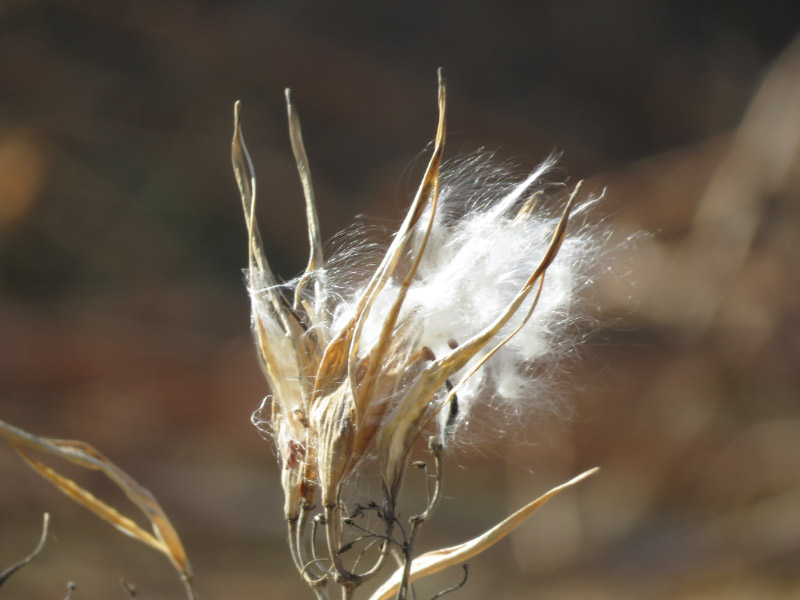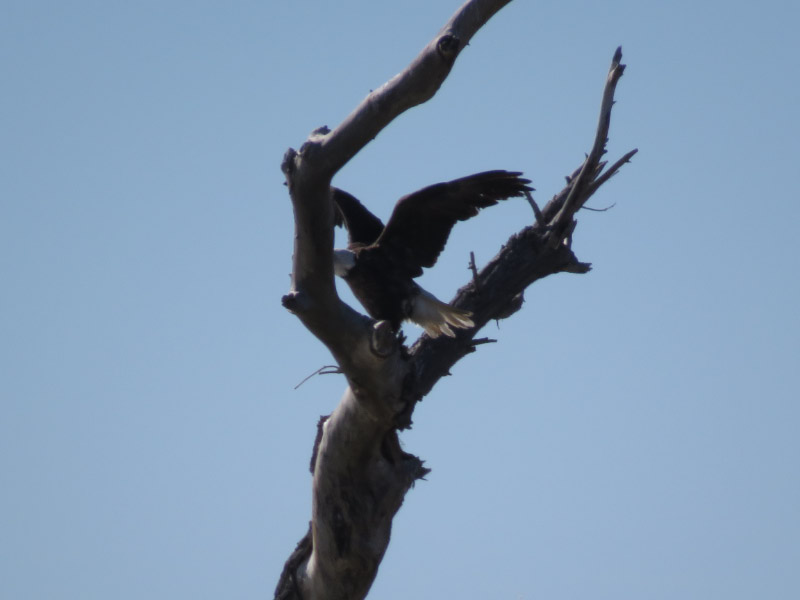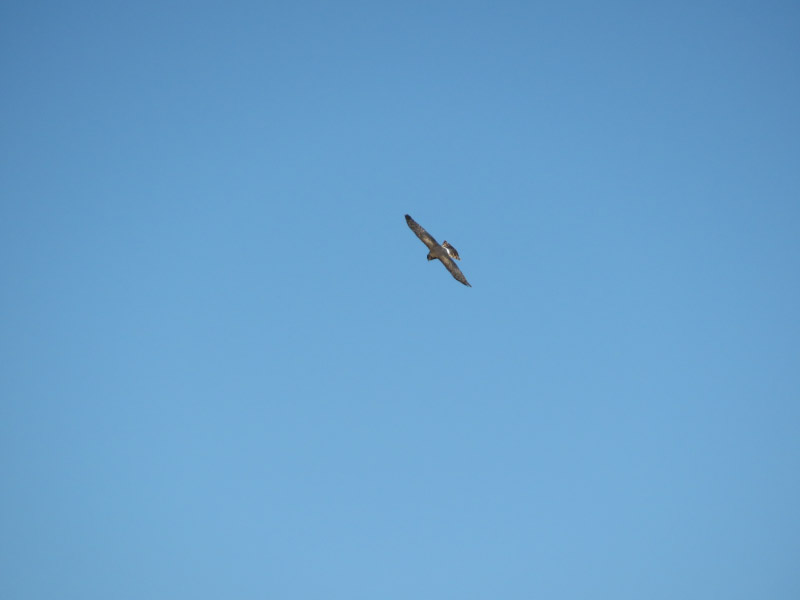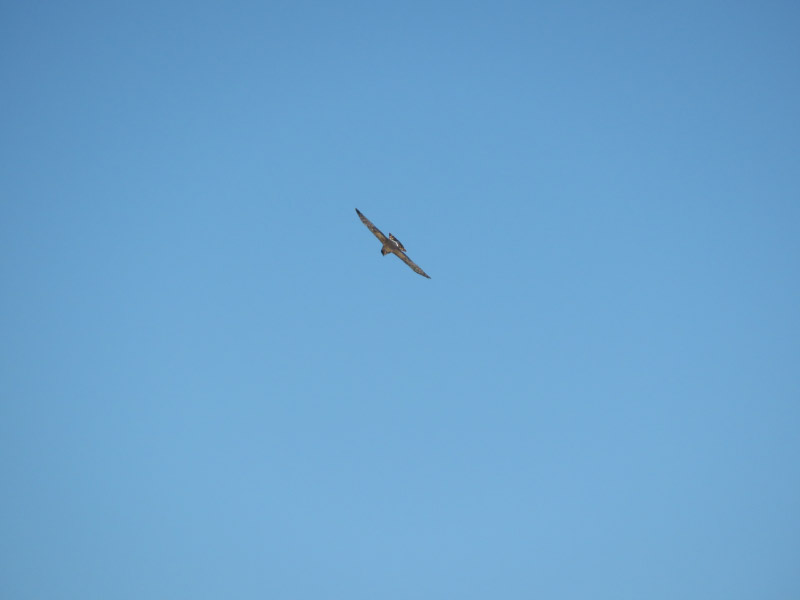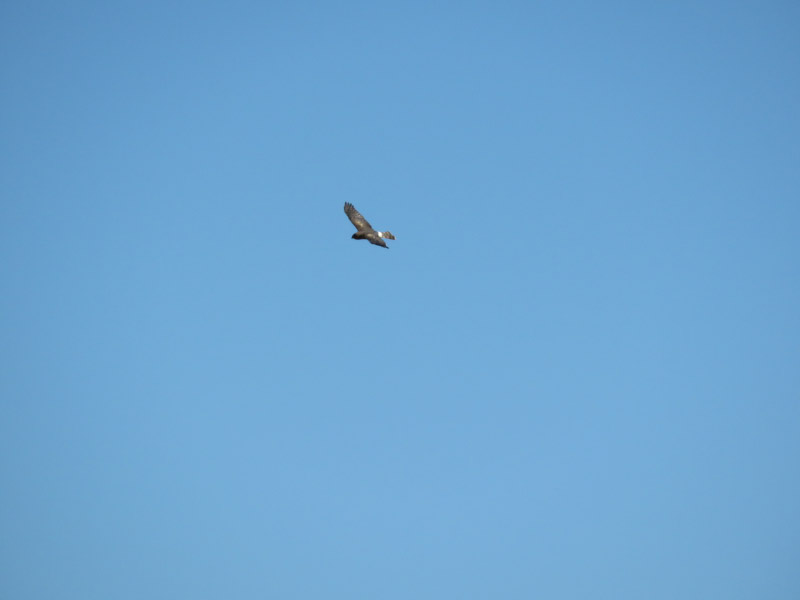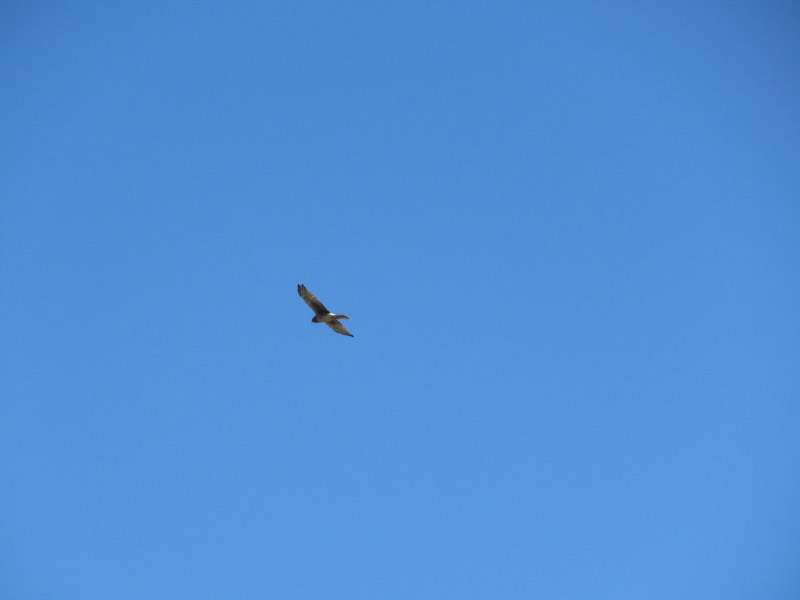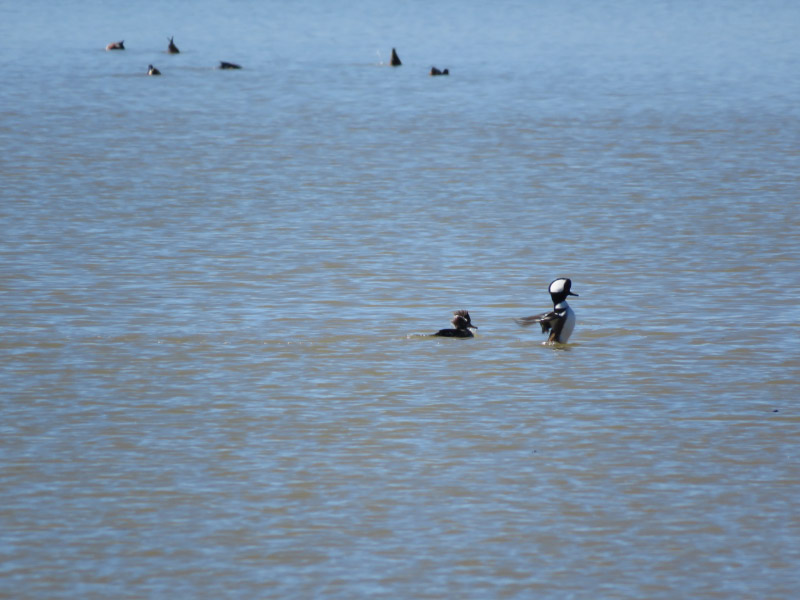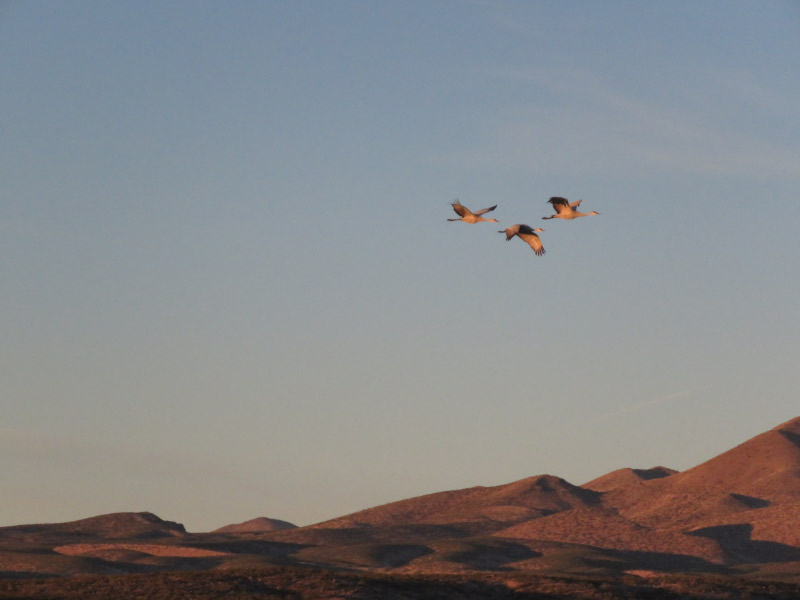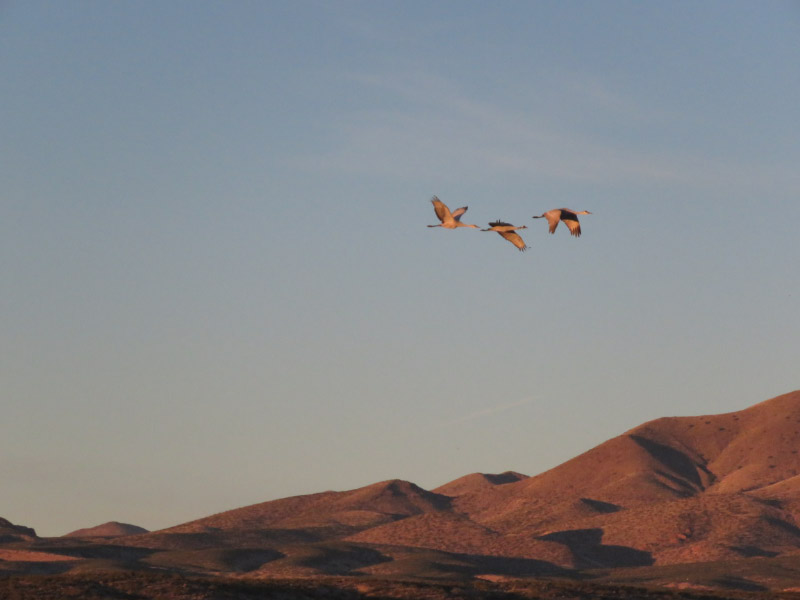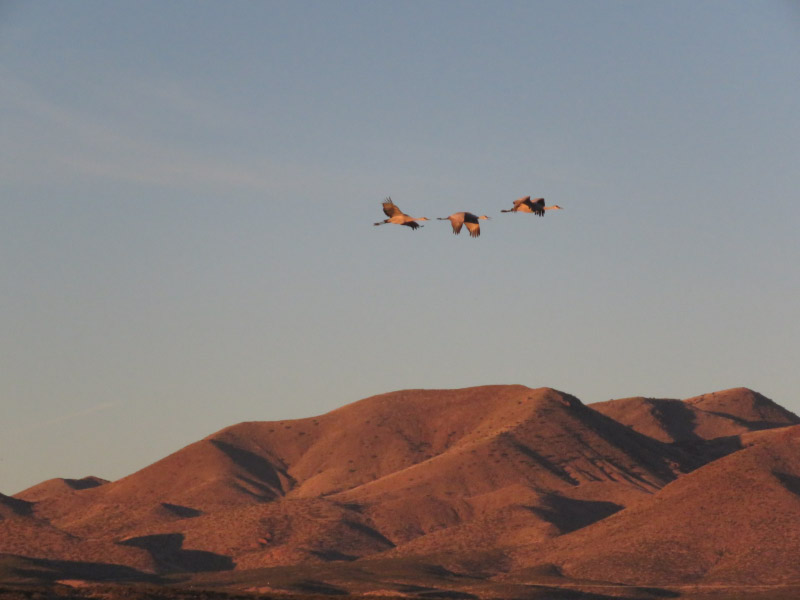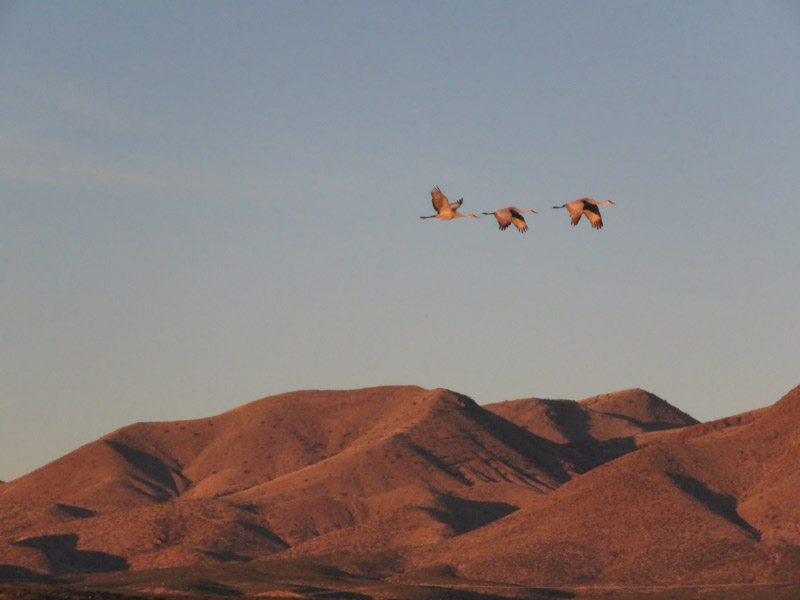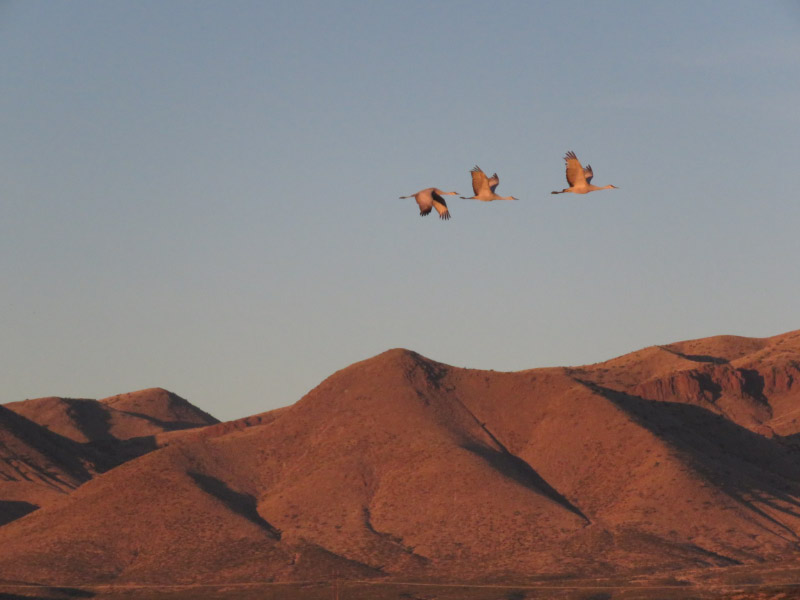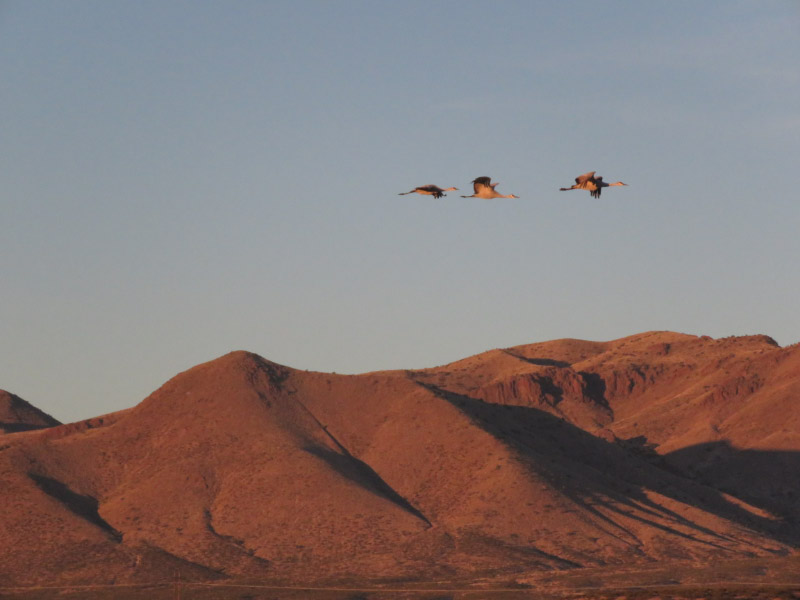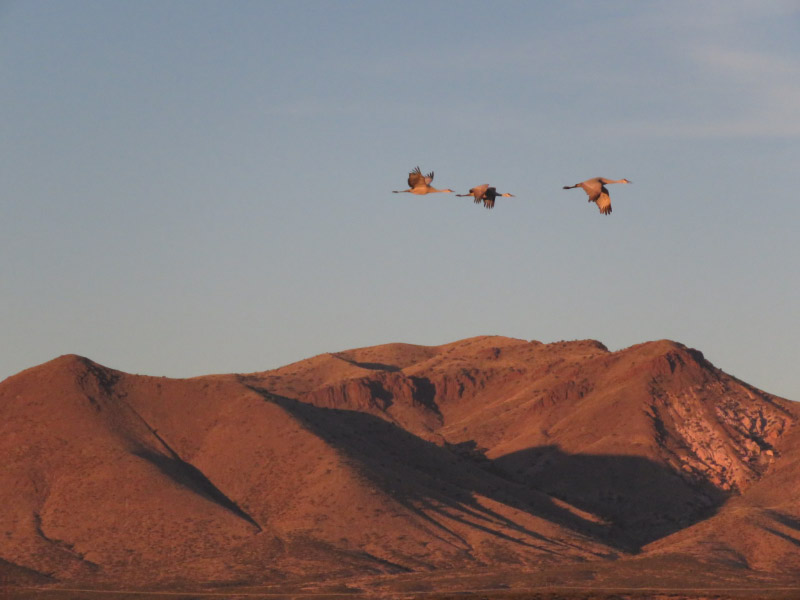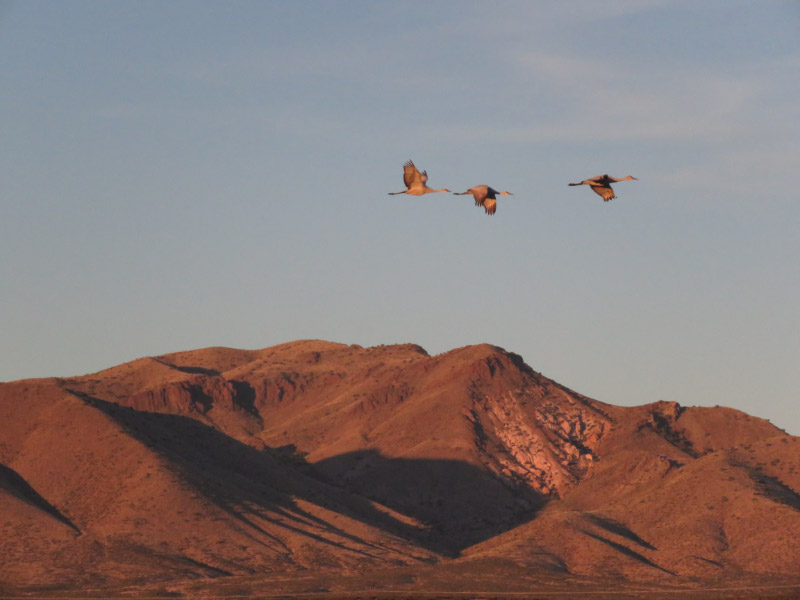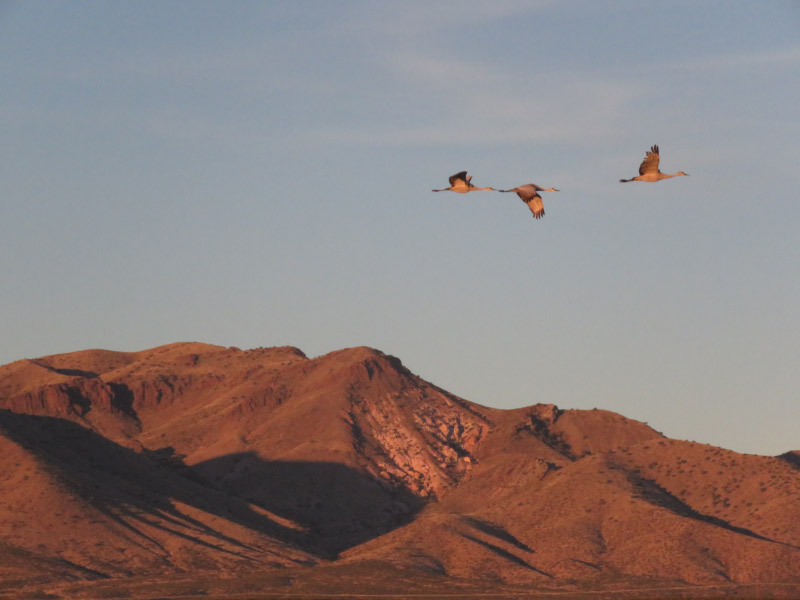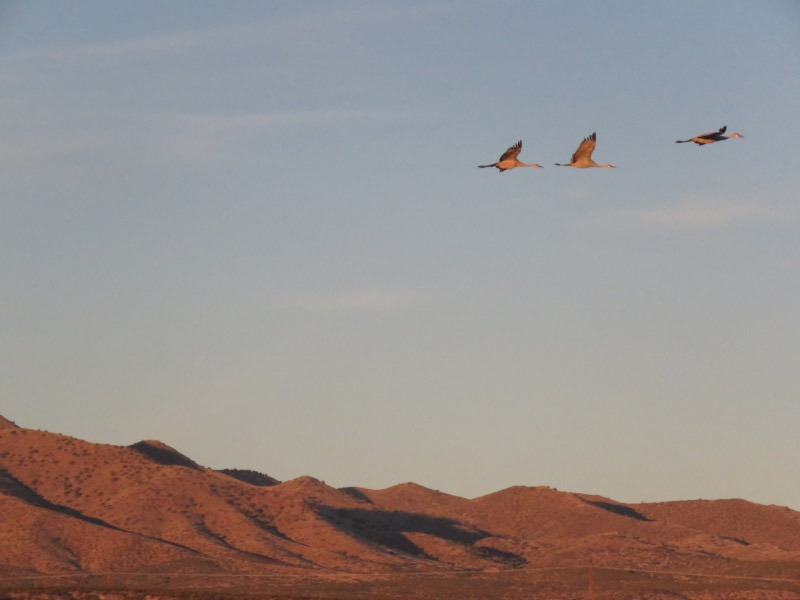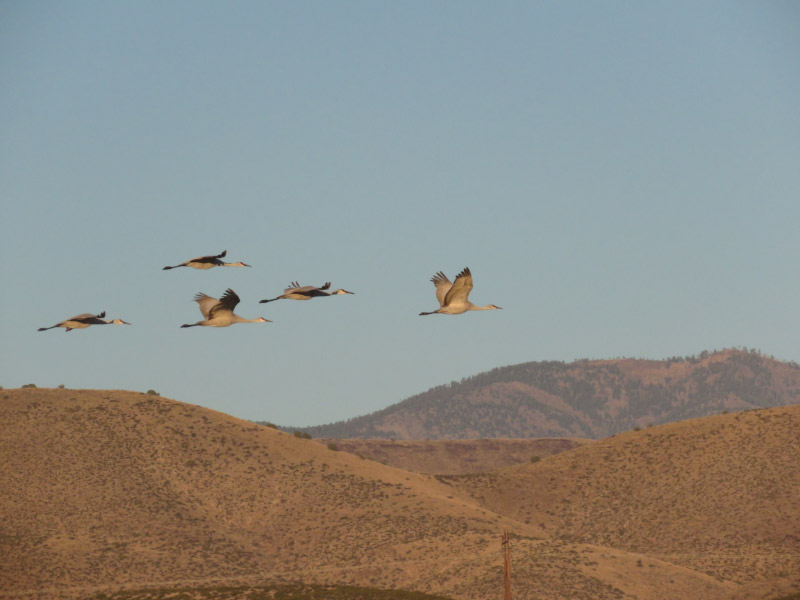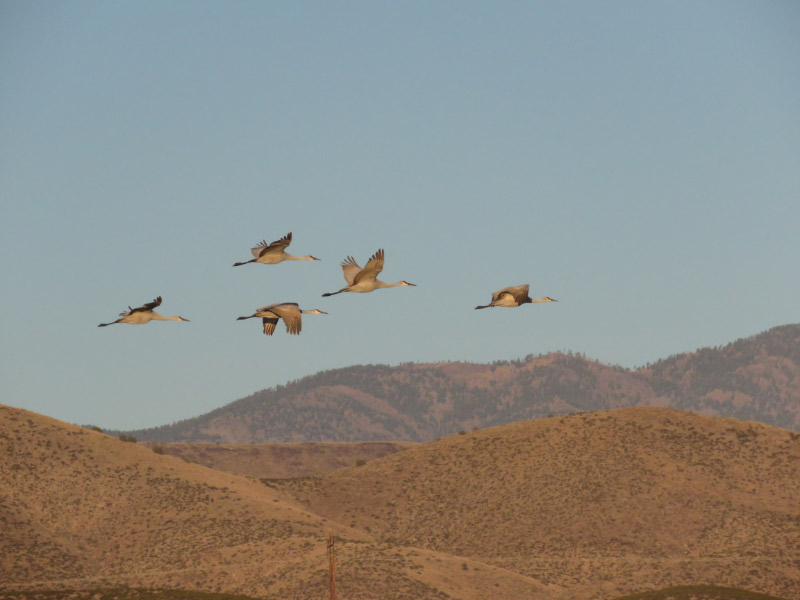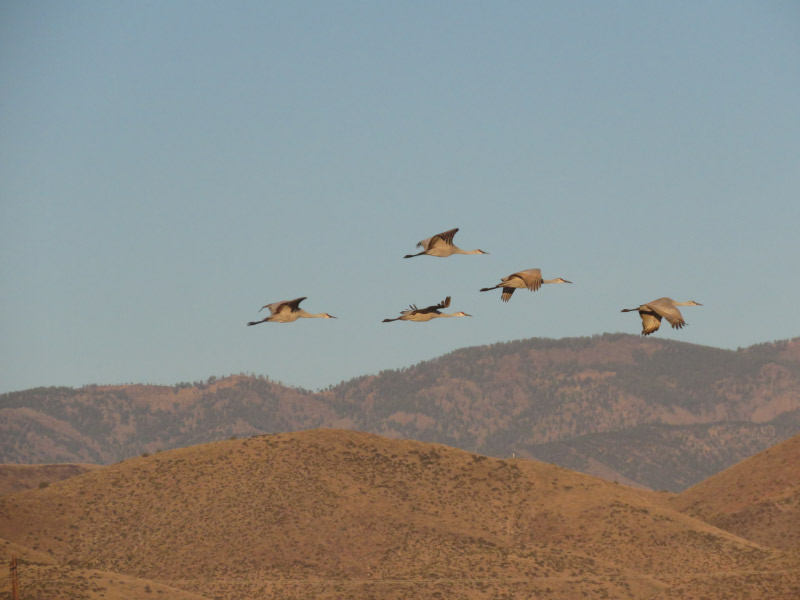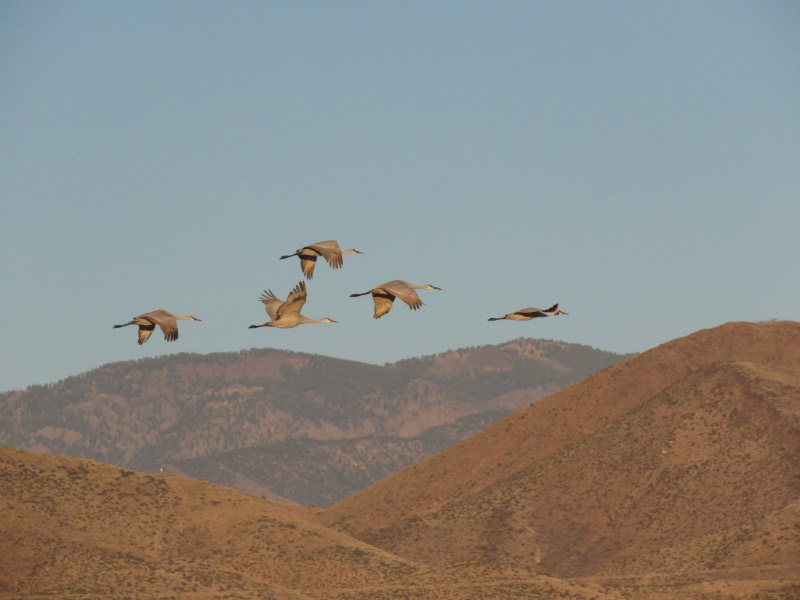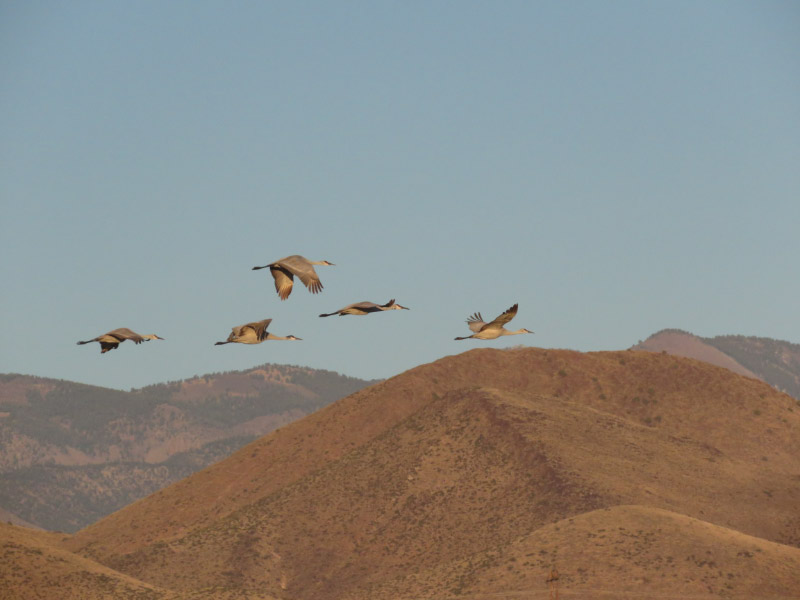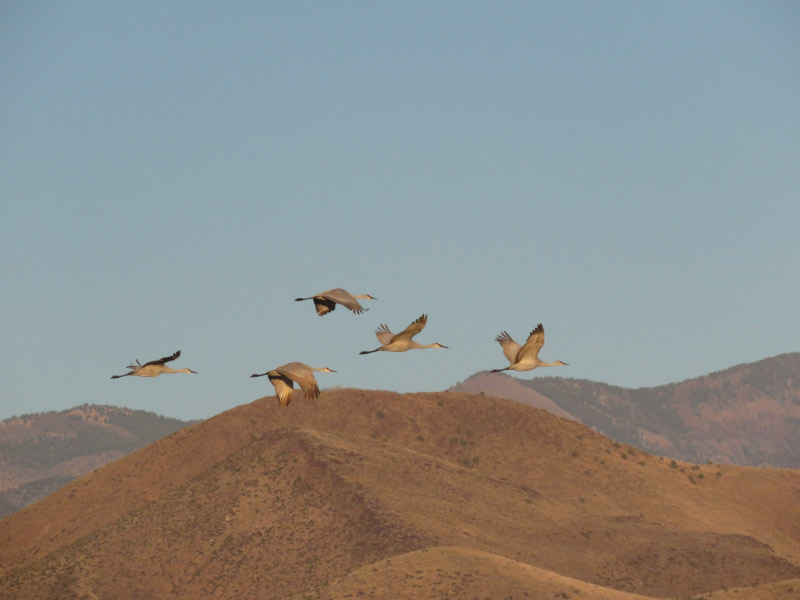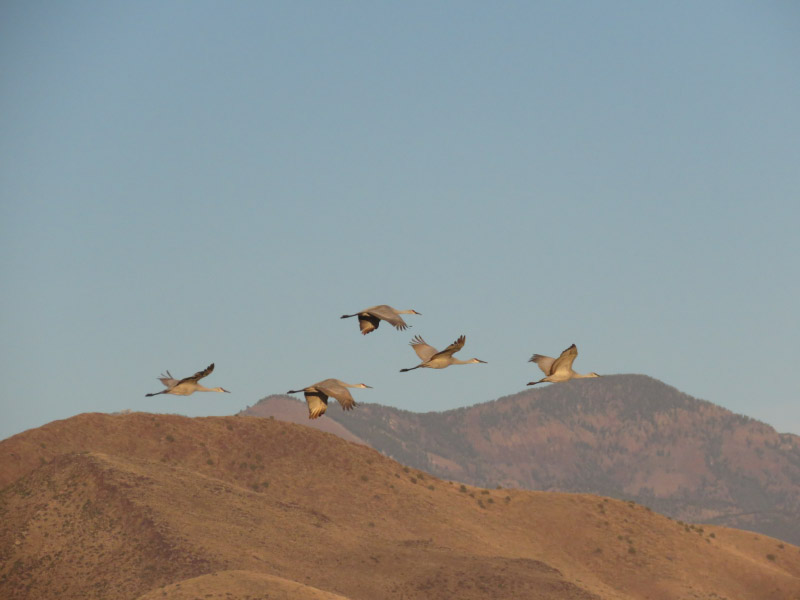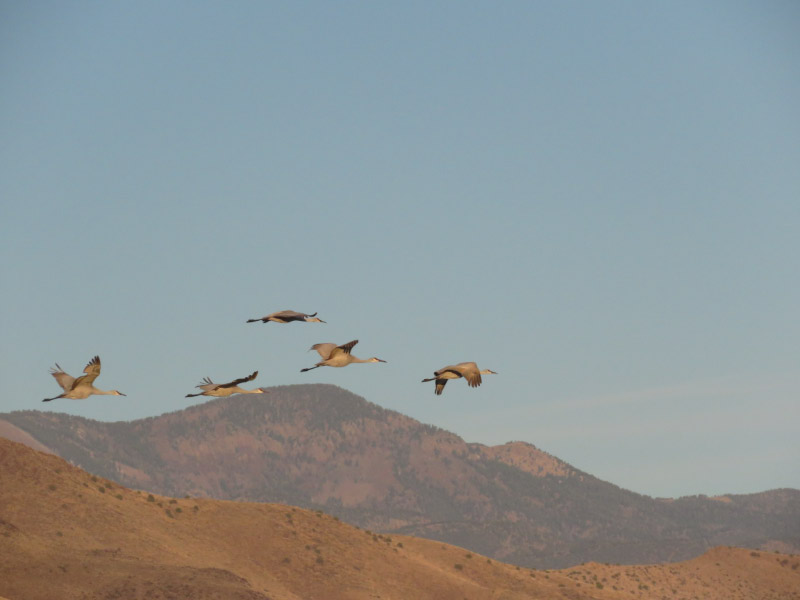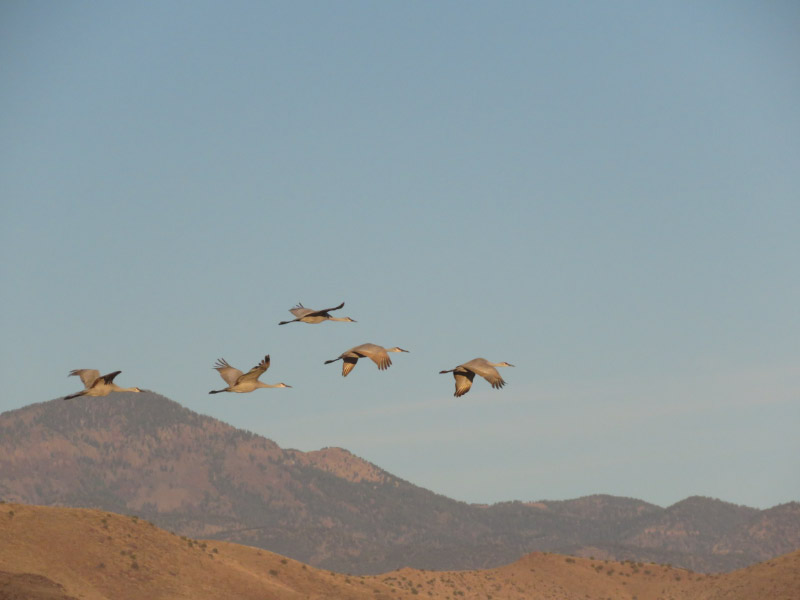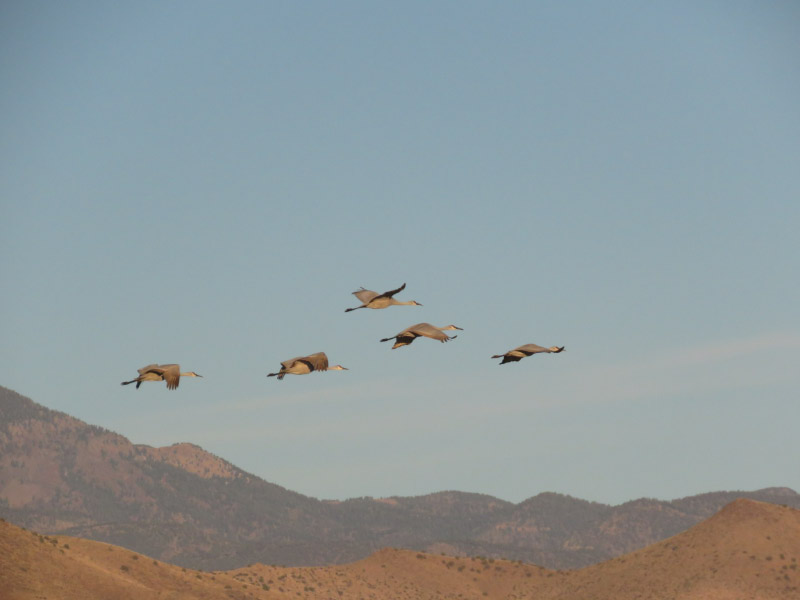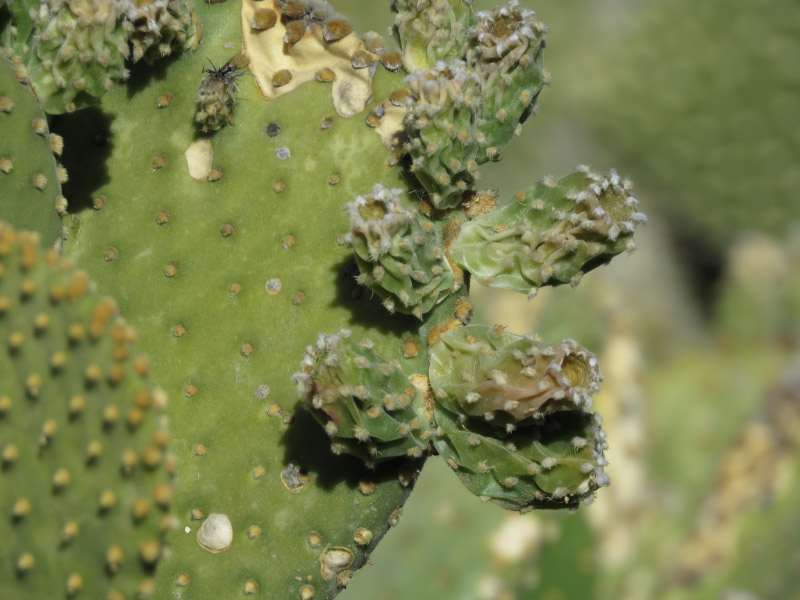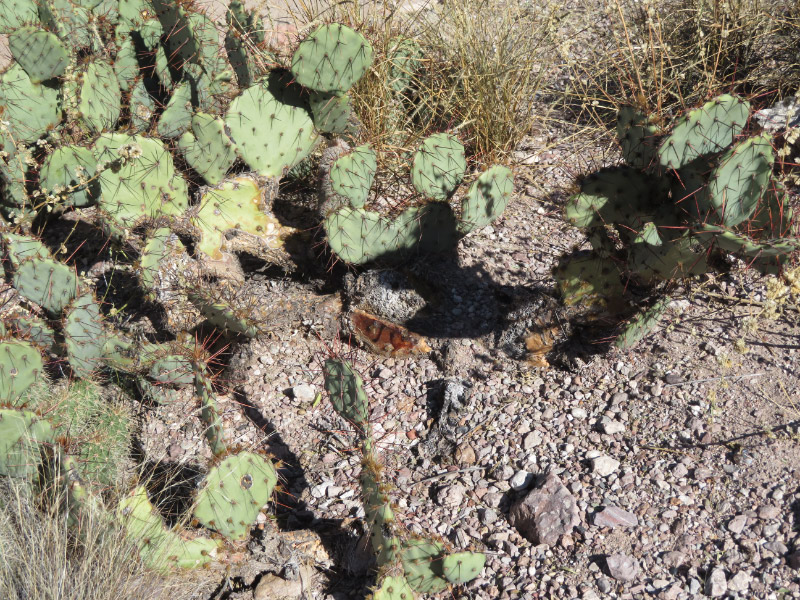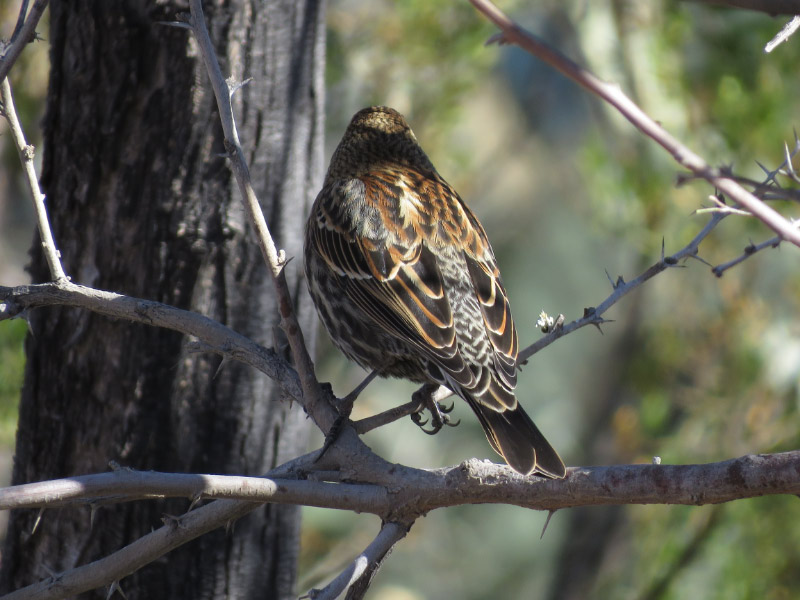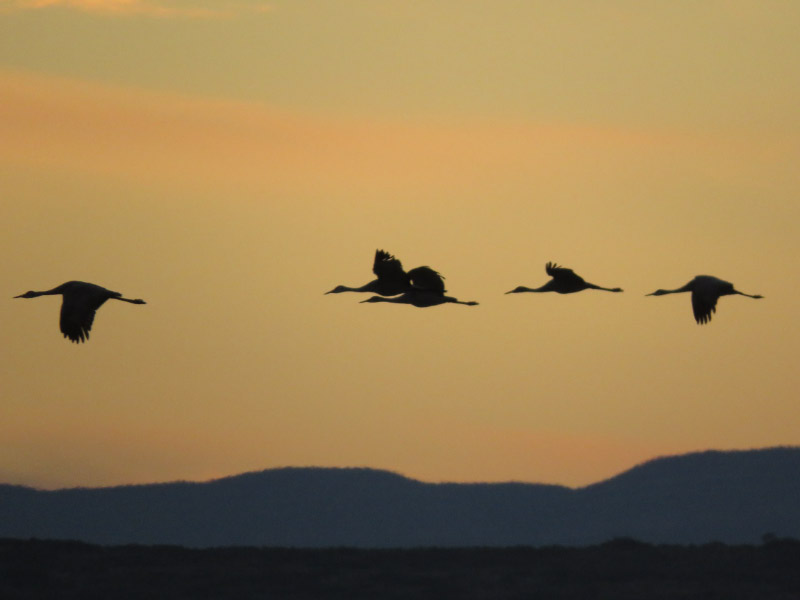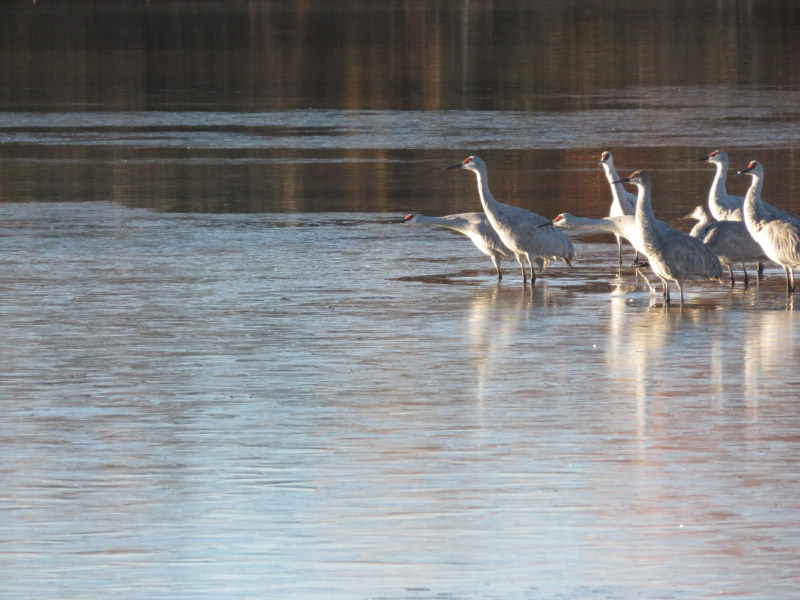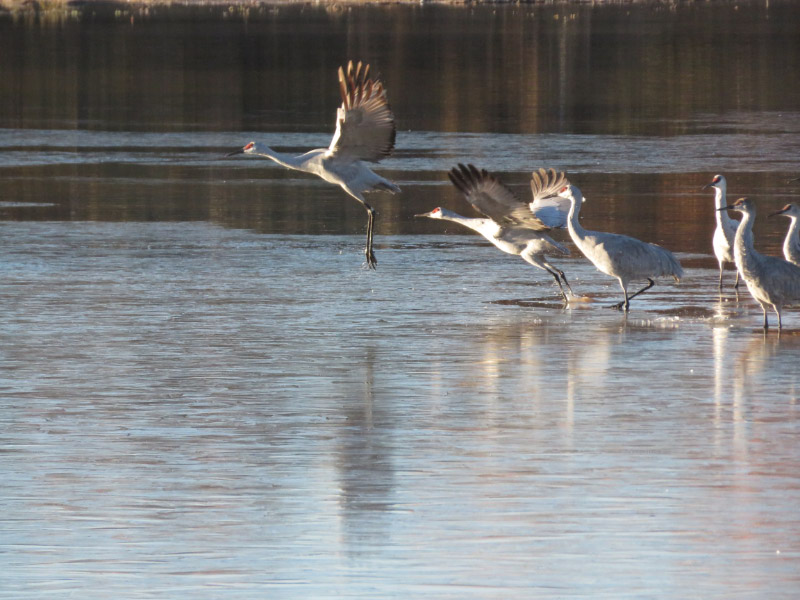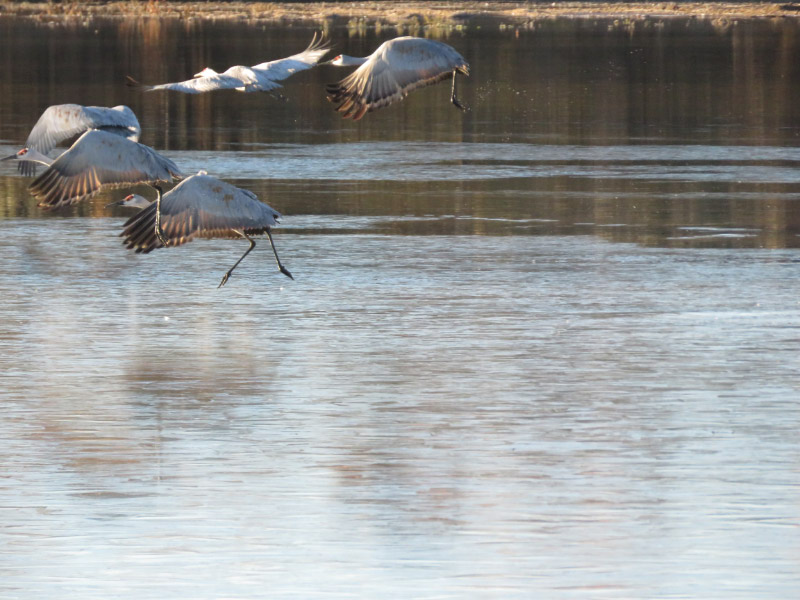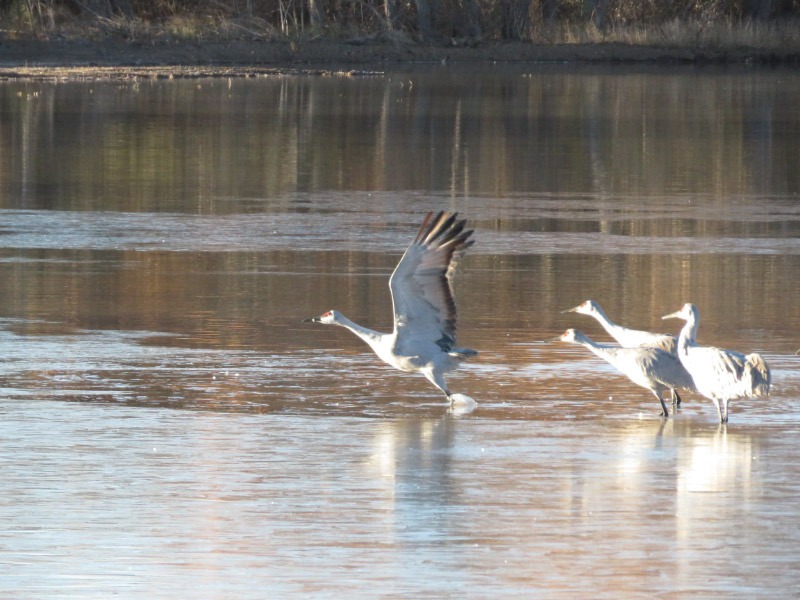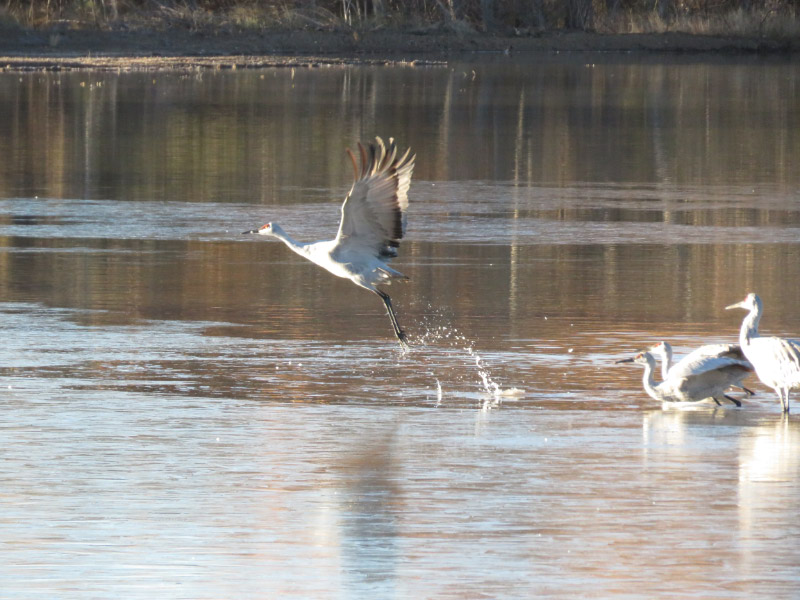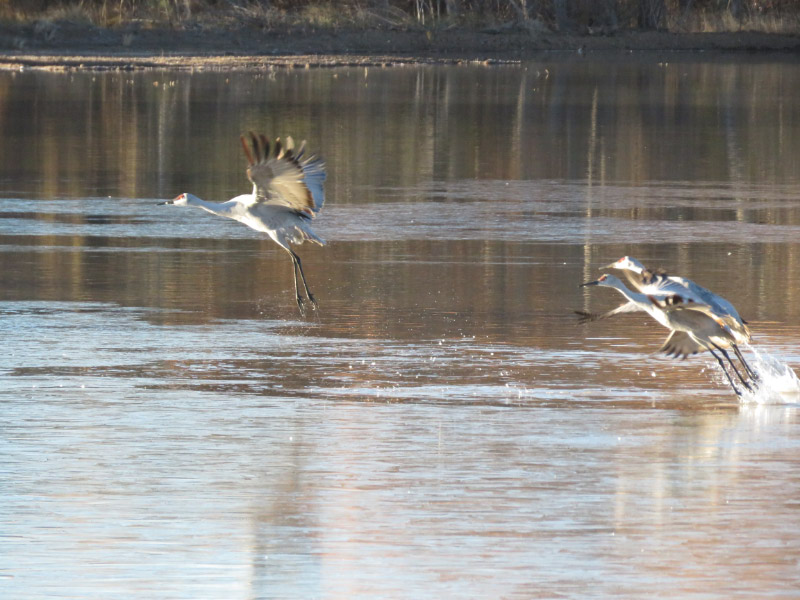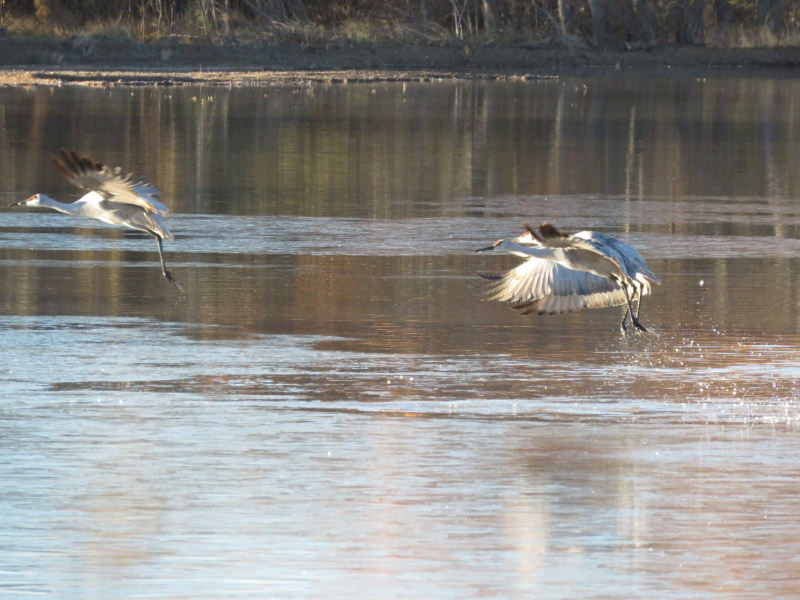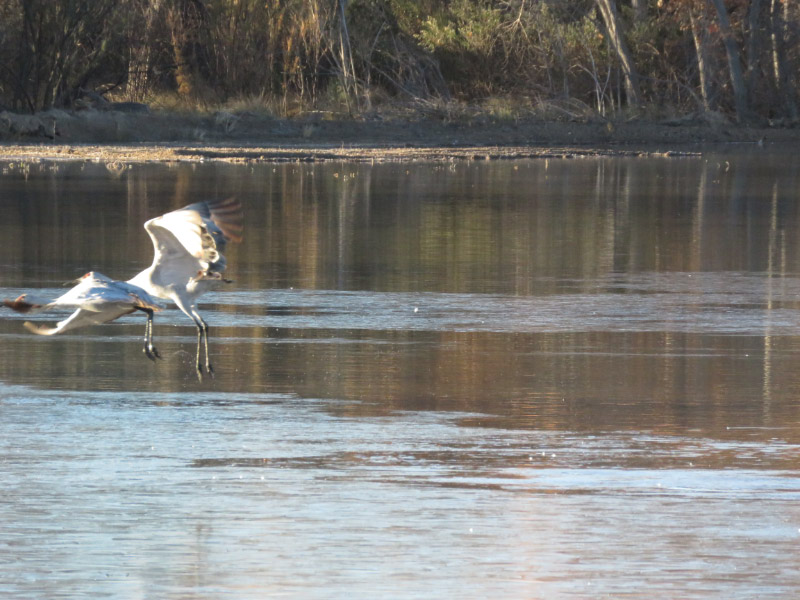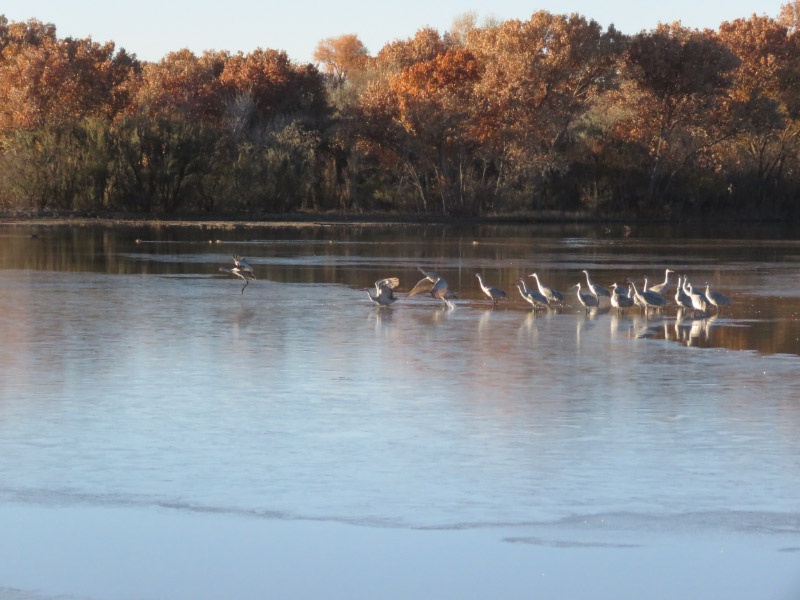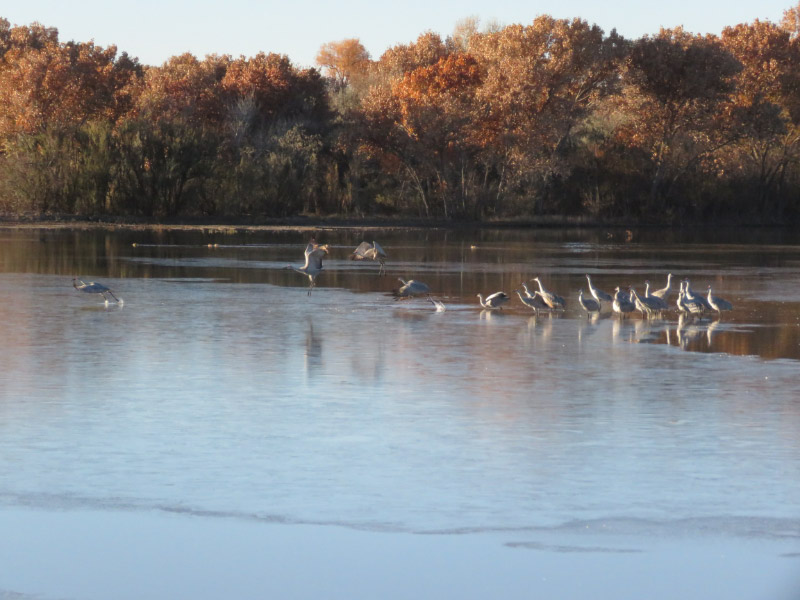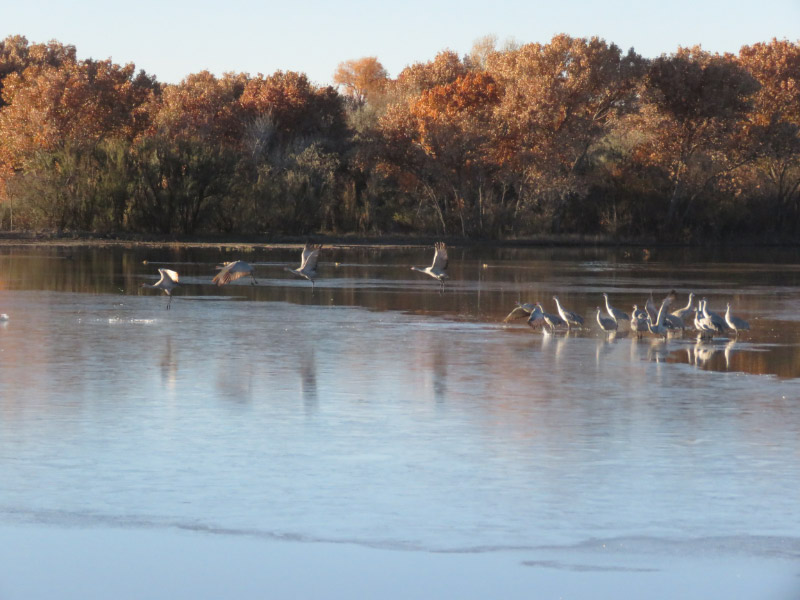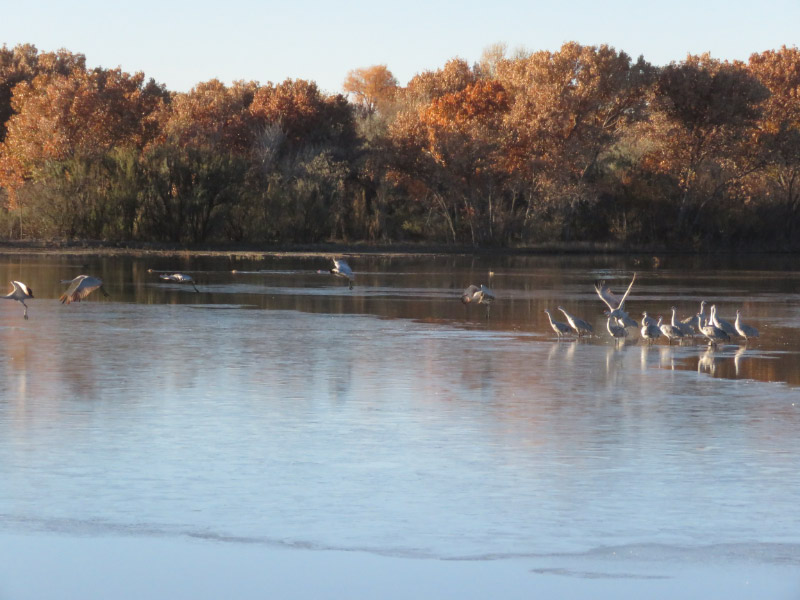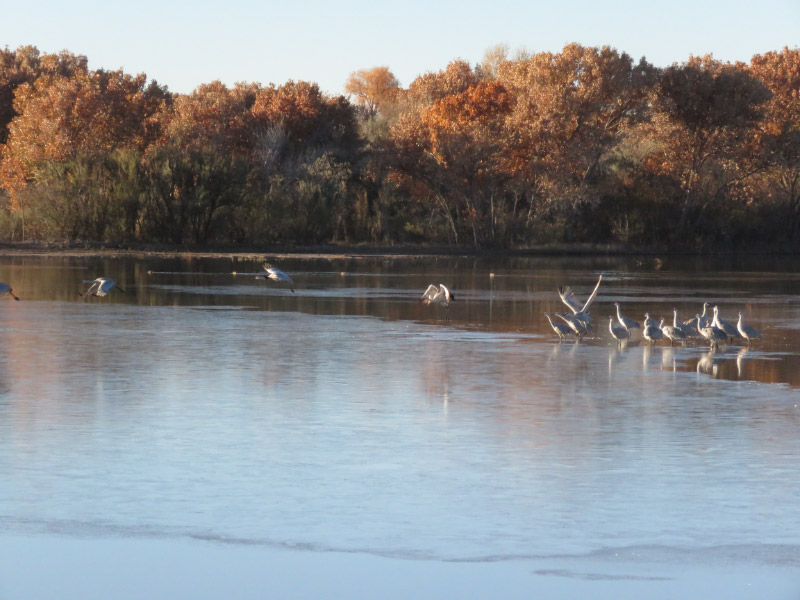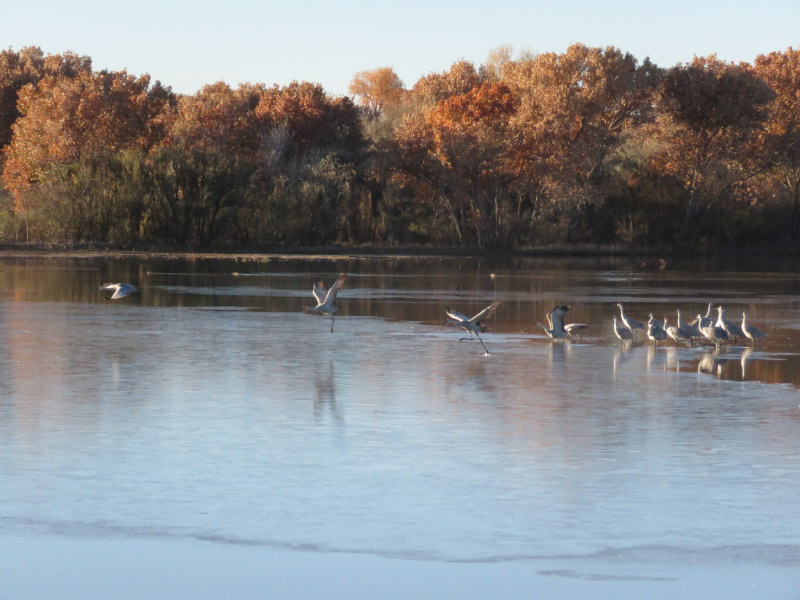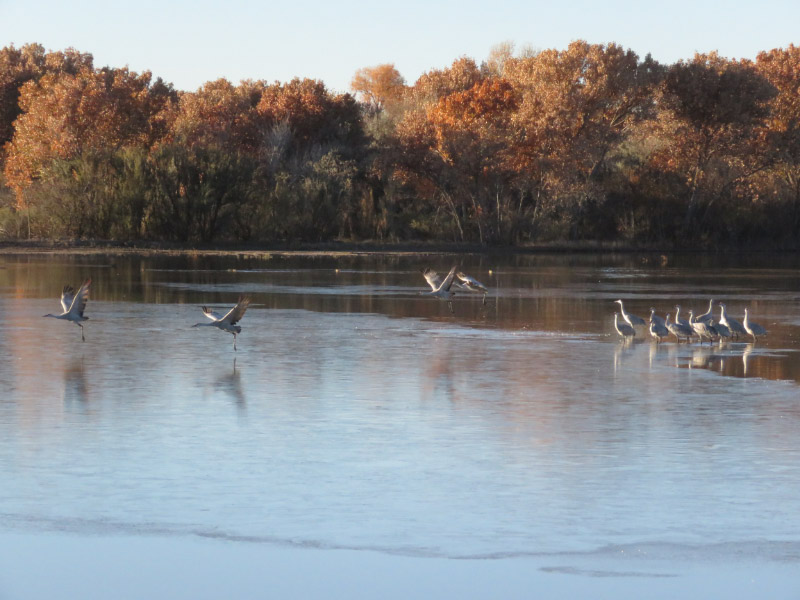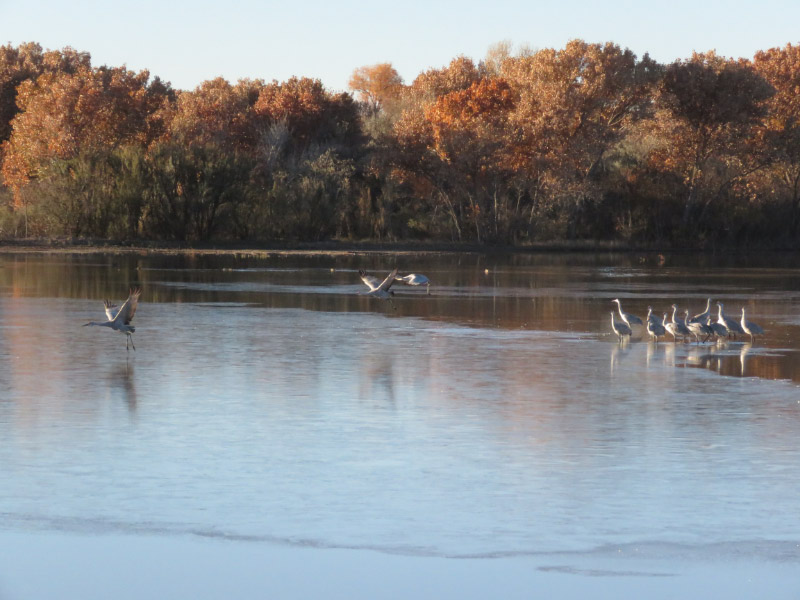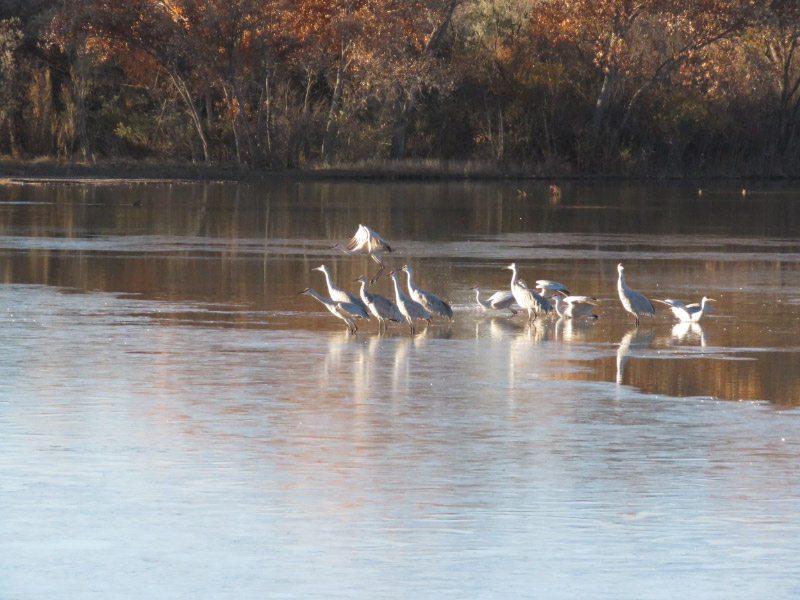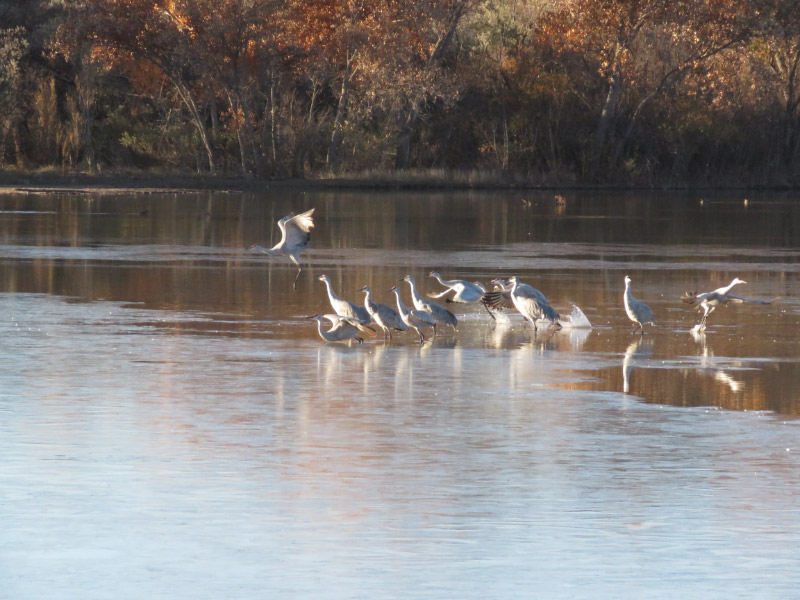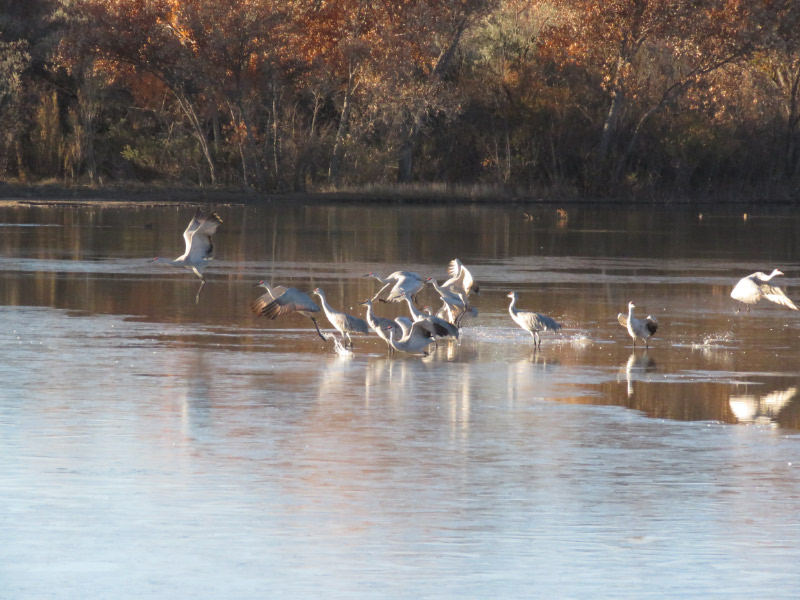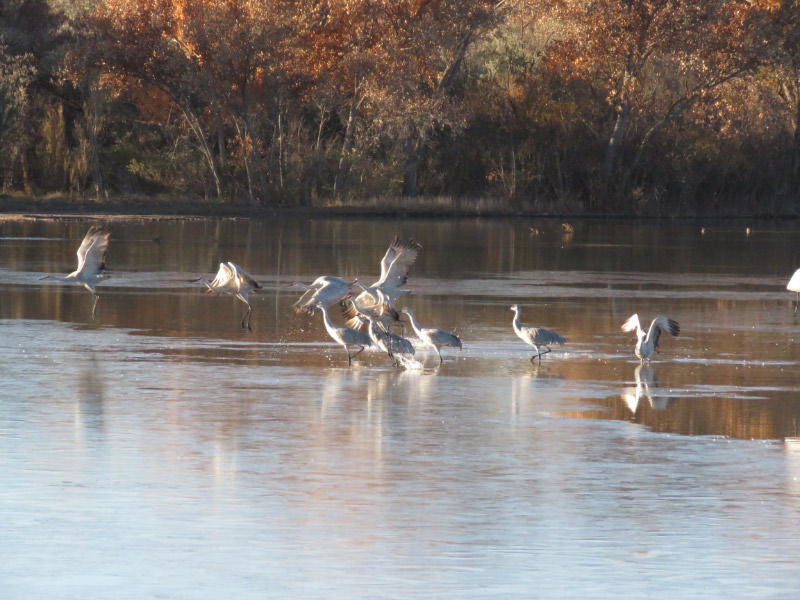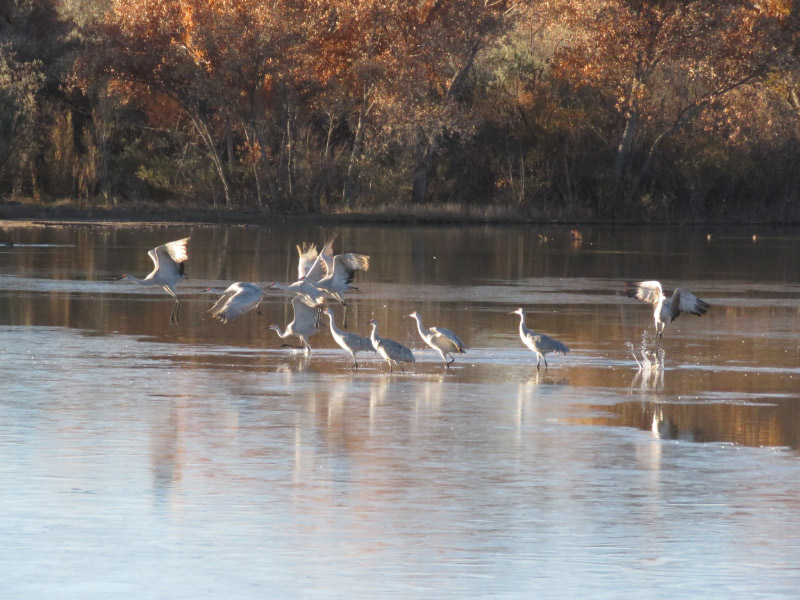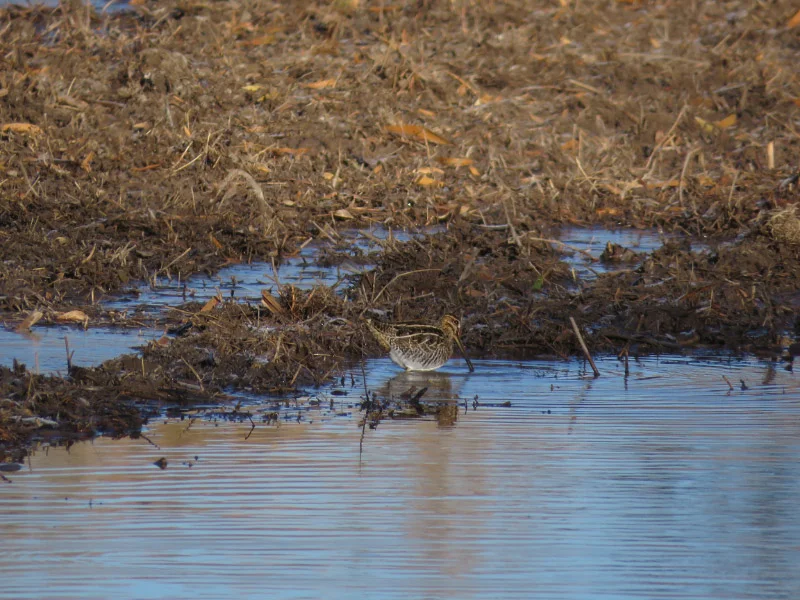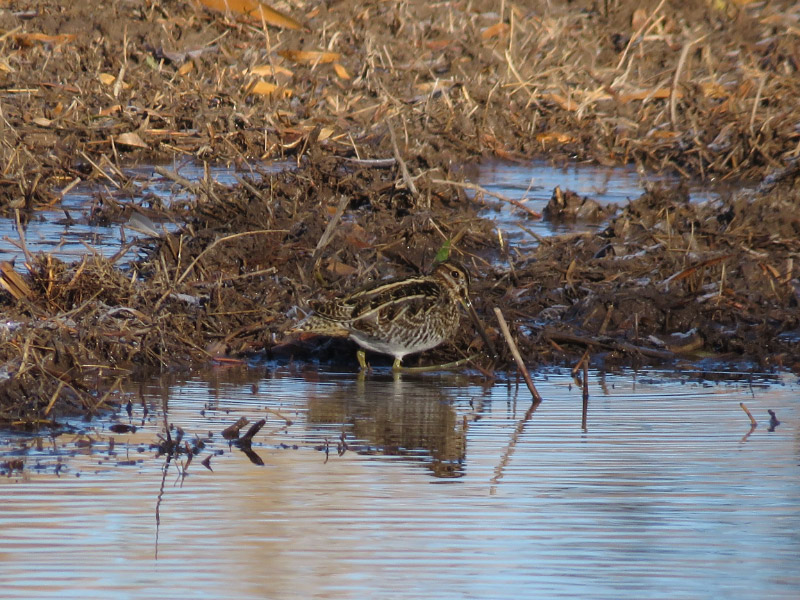In 2012, I started the monthly ‘10 days of little celebrations’ and experienced the trauma of my parents getting older…beginning to experience substantial health problems. We added a bird feeder on our deck – visible from my office window and I started enjoying birdwatching through the window. Some of my favorite posts include: Birds from my Office Window, Gray Day Reflections, Yucca Seed Pods, and Ten Days of Little Celebrations - November 2012.
The next year I started the zooming and free eBooks posts. Over the years my camera’s optical zoom capabilities have improved dramatically and I enjoy using it to get better images. By this time, I was almost completely transitioned to digital books too. We made a road trip to Florida for a satellite launch at Cape Canaveral and I got my first close view of Sandhill Cranes in the Orlando airport cell phone lot waiting for my daughter to arrive. Some of my favorite posts close to that anniversary include: 3 Free eBooks - December 2013, Sandhill Cranes in Florida - November 2013, Herons in Florida - November 2013, and Zooming - December 2013.
In 2014, I started my effort to reduce the ‘stuff’ we had accumulated from living for more than 25 years in our house. My volunteer work has gradually increased…and would be easily sustained until the COVID-19 pandemic. Some of my favorite posts from the end of 2014 include: The Grand Cleanout - December 2014, December Sunrise, and Fall Field Trips.
The big event at the end of 2015 was our travel to the big island of Hawaii…including a day trip to the top of Maunakea. It was an wonderful experience but I find myself wondering if I ever want to take a long flight like that again.
2016 was our first birding festival – the Festival of the Cranes at Bosque del Apache. We also discovered the Bald Eagles at Conowingo Dam, closer to home. I started my monthly Zentangle posts. Here are some sample posts: Highlights of 2016, Conowingo - December 2016, Zentangle® – November 2016, and First Day at Bosque del Apache.
I started the monthly eBotantical Prints posts in November 2017. I’d been browsing historical botanical books in the last decade of my career and was beginning to figure out a way to share my list. At the time I thought that I had about exhausted the supply, but I’ve continued to add 20 or so books every month until there are now over 2,200 books on the list!
In 2018 we attended our second Festival of the Cranes in New Mexico then enjoyed the Space Coast Birding and Wildlife Festival early in 2019.
In the last few months of 2019, there was a last road trip with my parents at Thanksgiving. We enjoyed the Christmas lights near home and planned for a birding festival in Laredo, TX in the early part of 2020.
As we were coming back from the Laredo birding festival, COVID-19 was in the news and soon we were ‘staying at home as much as possible’. By November 2020, we were anticipating that a vaccine was going to become available and the pandemic would end. We were doing virtual birding festivals and otherwise keeping ourselves happy at or close to home.
And here I am in November 2021, still not like I was pre-pandemic. I enjoy many of the same things I have in the past 10 years, but I am not out venturing into crowds…not flying. I am facing a health challenge of my own (cancer). My parents are home bound in Texas, and I have made visiting them my rationale for 3 road trips since the spring when I became fully vaccinated. At this point, it is not the pandemic that causes most of my anxiety, but the changed behavior (sometimes abrasive and violent) of people under stress that has become so apparent over the past year.
The blog continues…it’s a way to document my present….and notice the subtle changes in the way I am ‘living well.’






















































